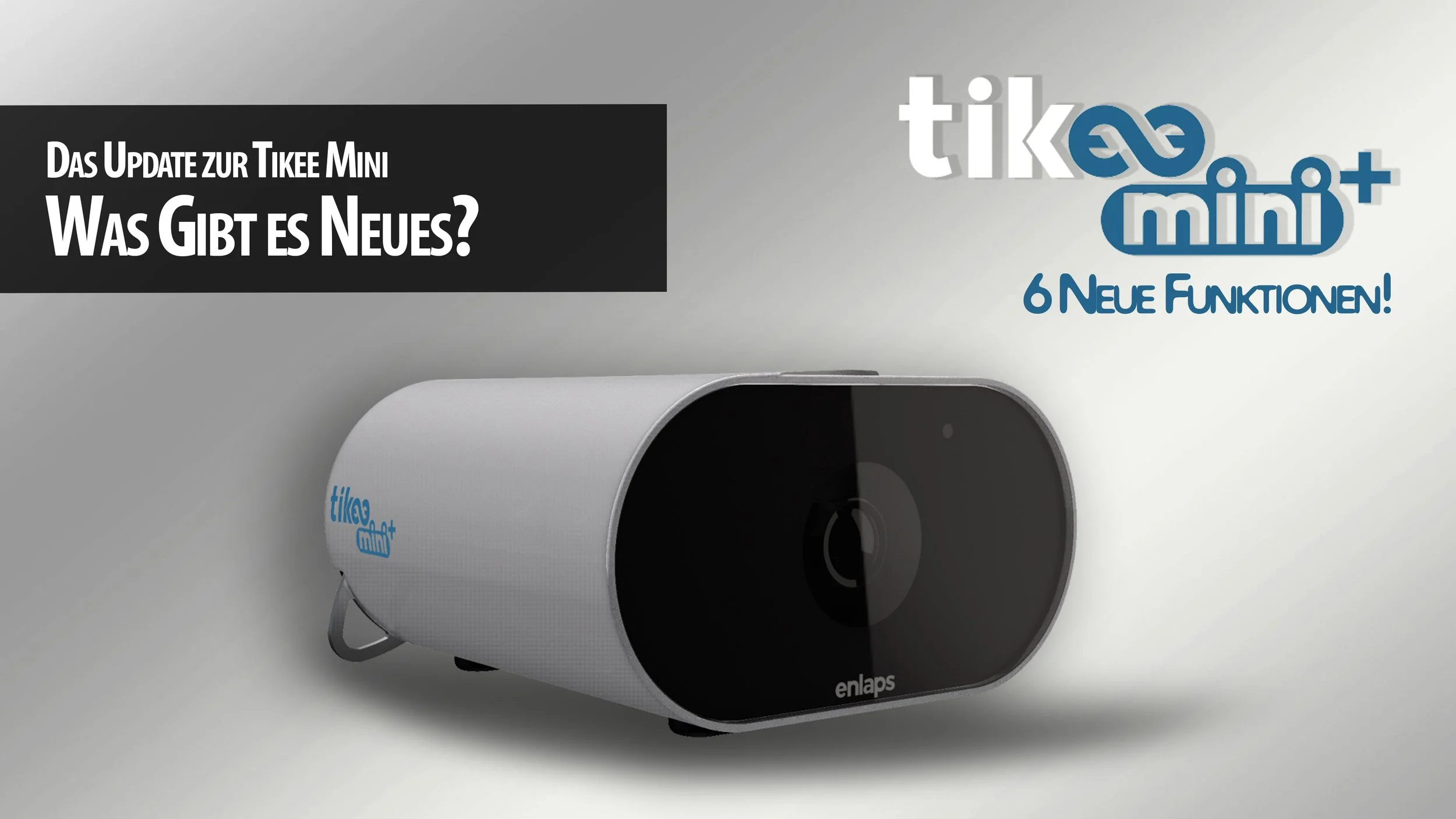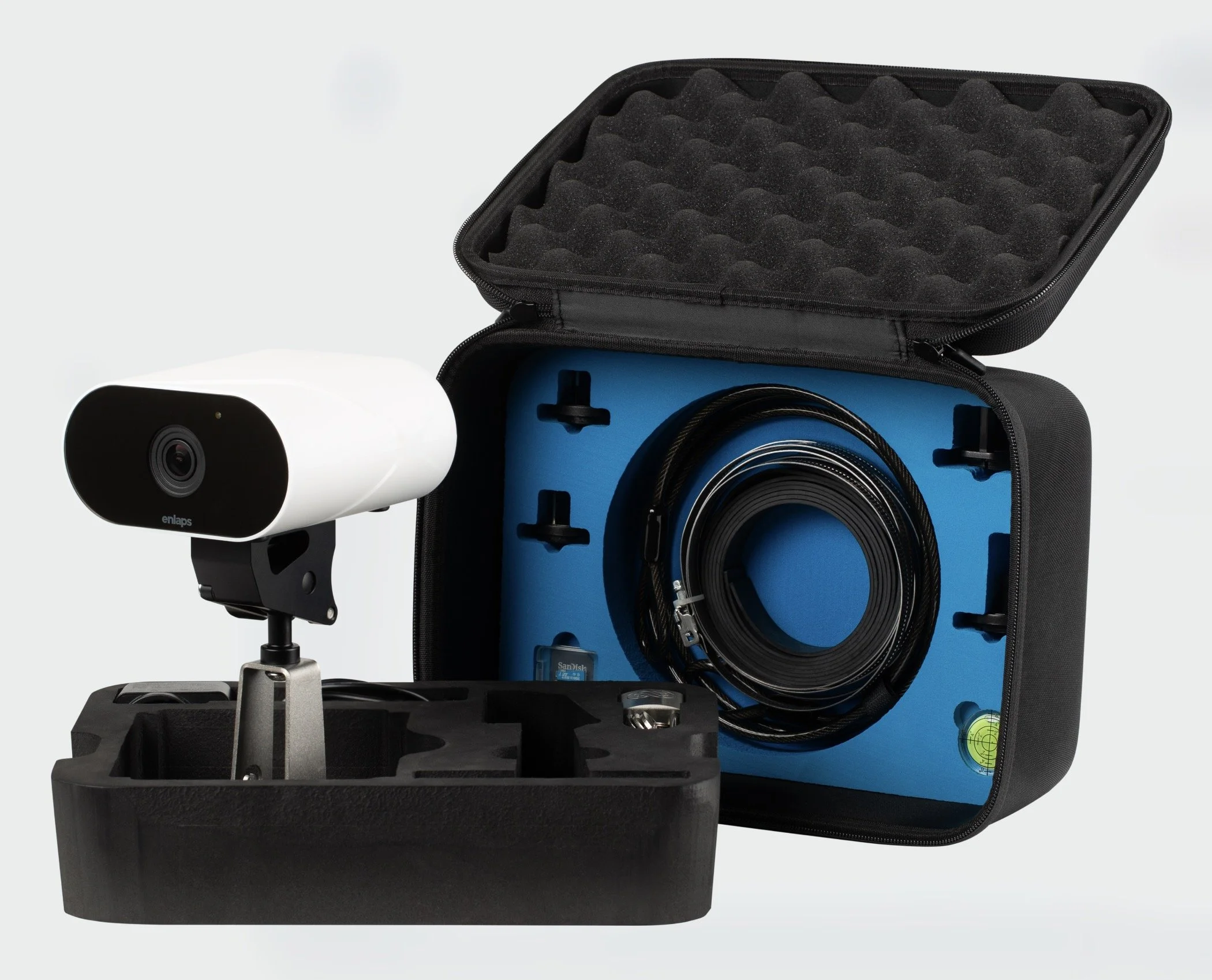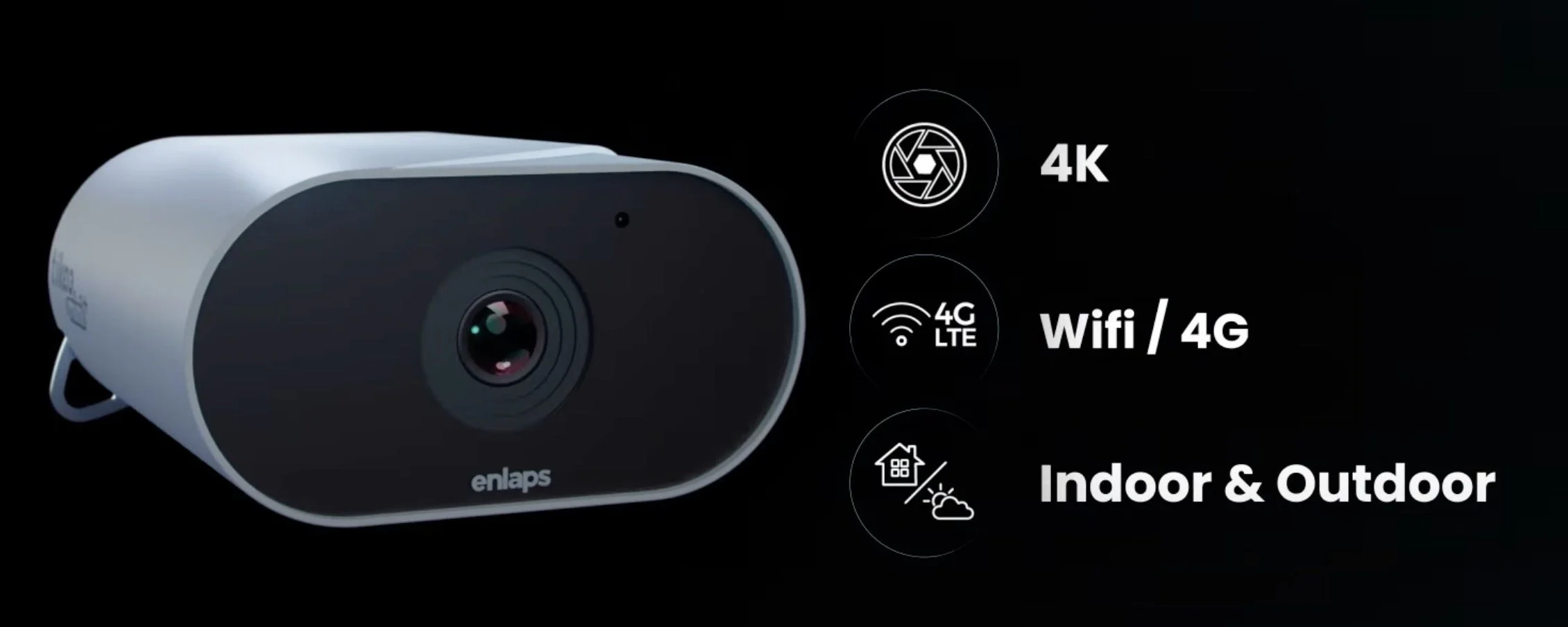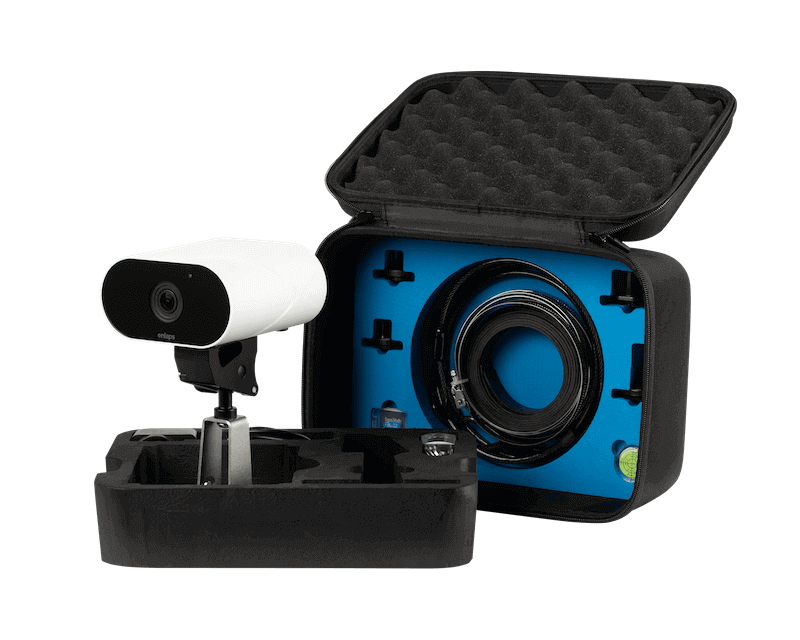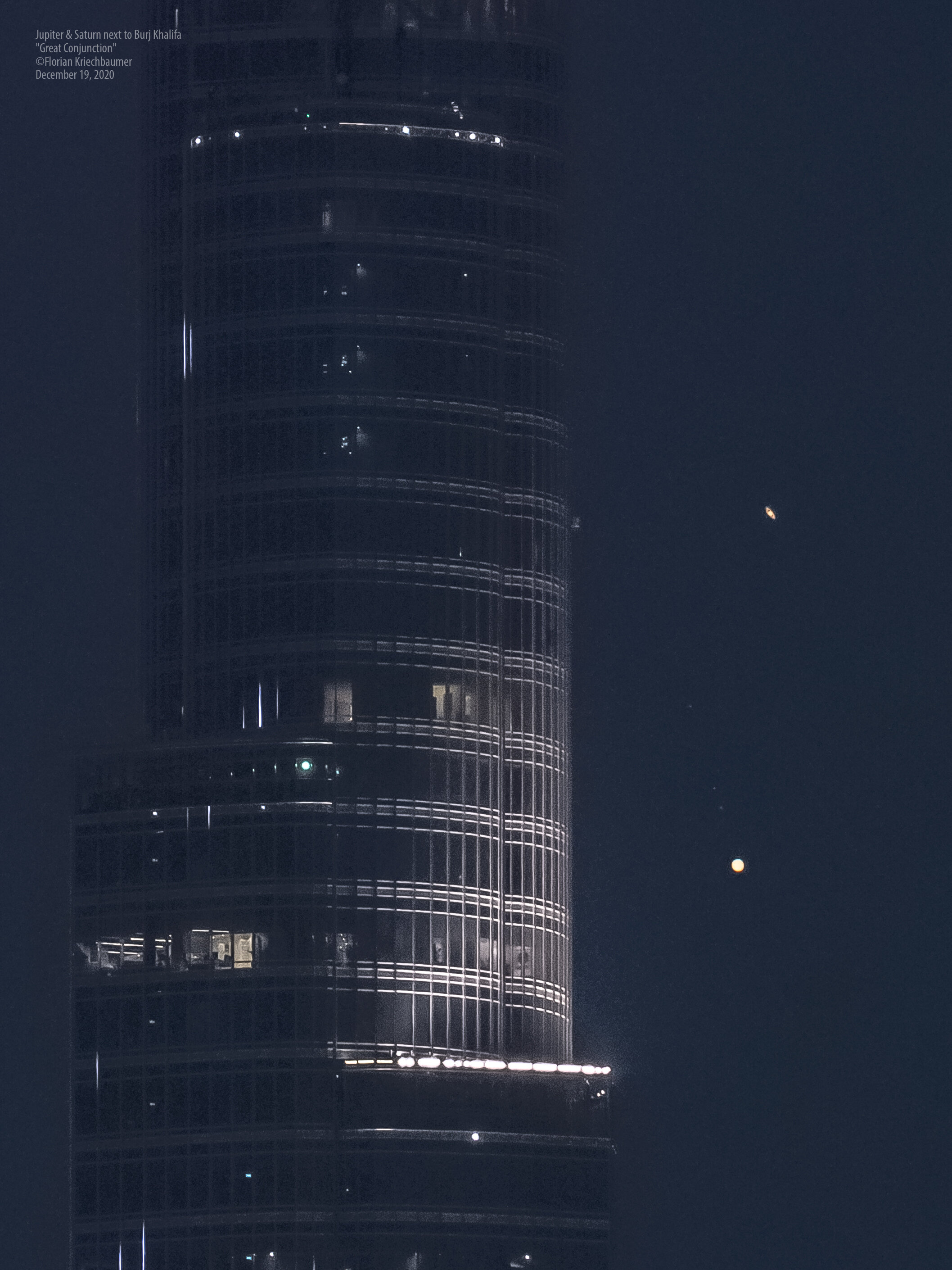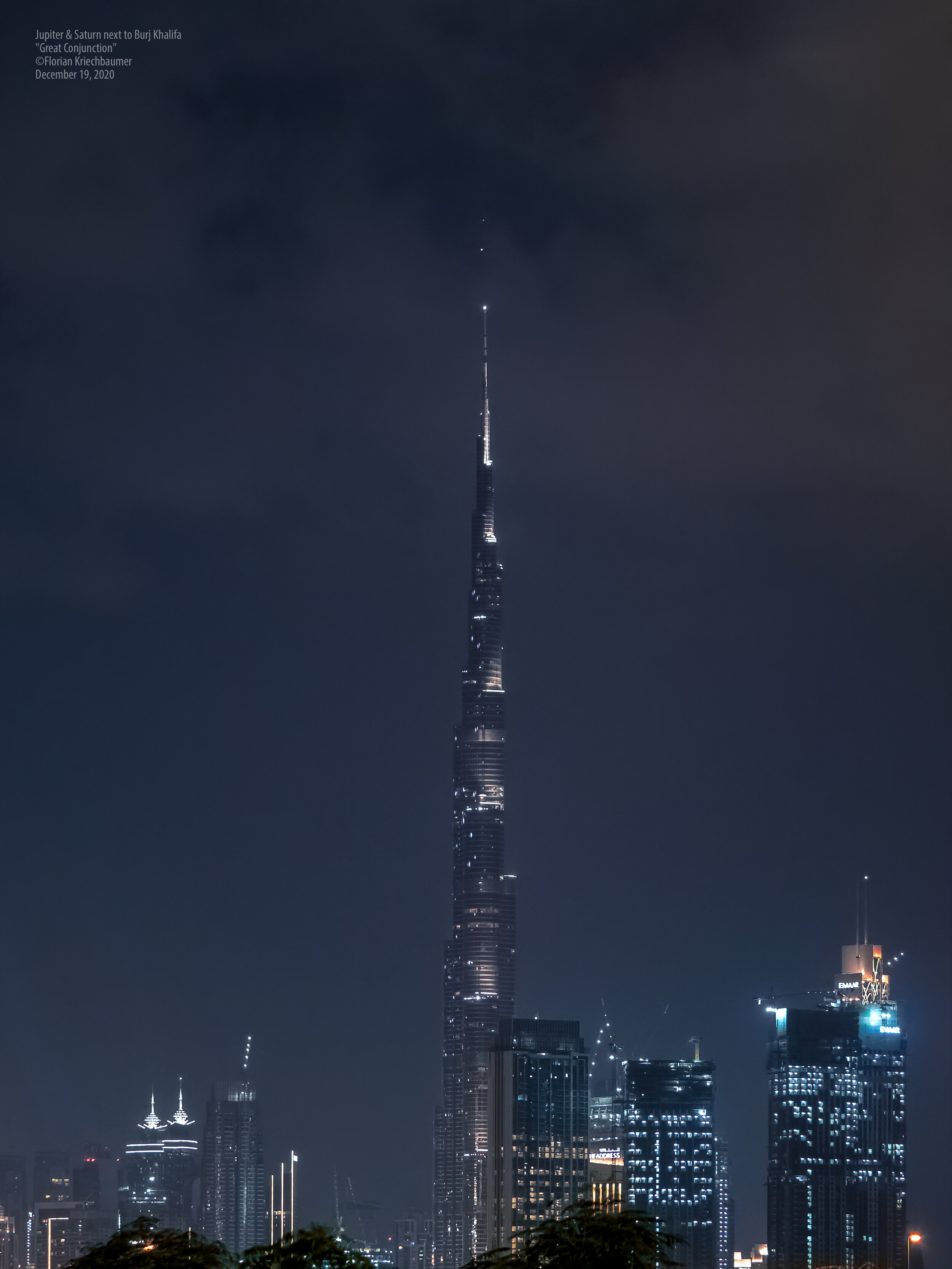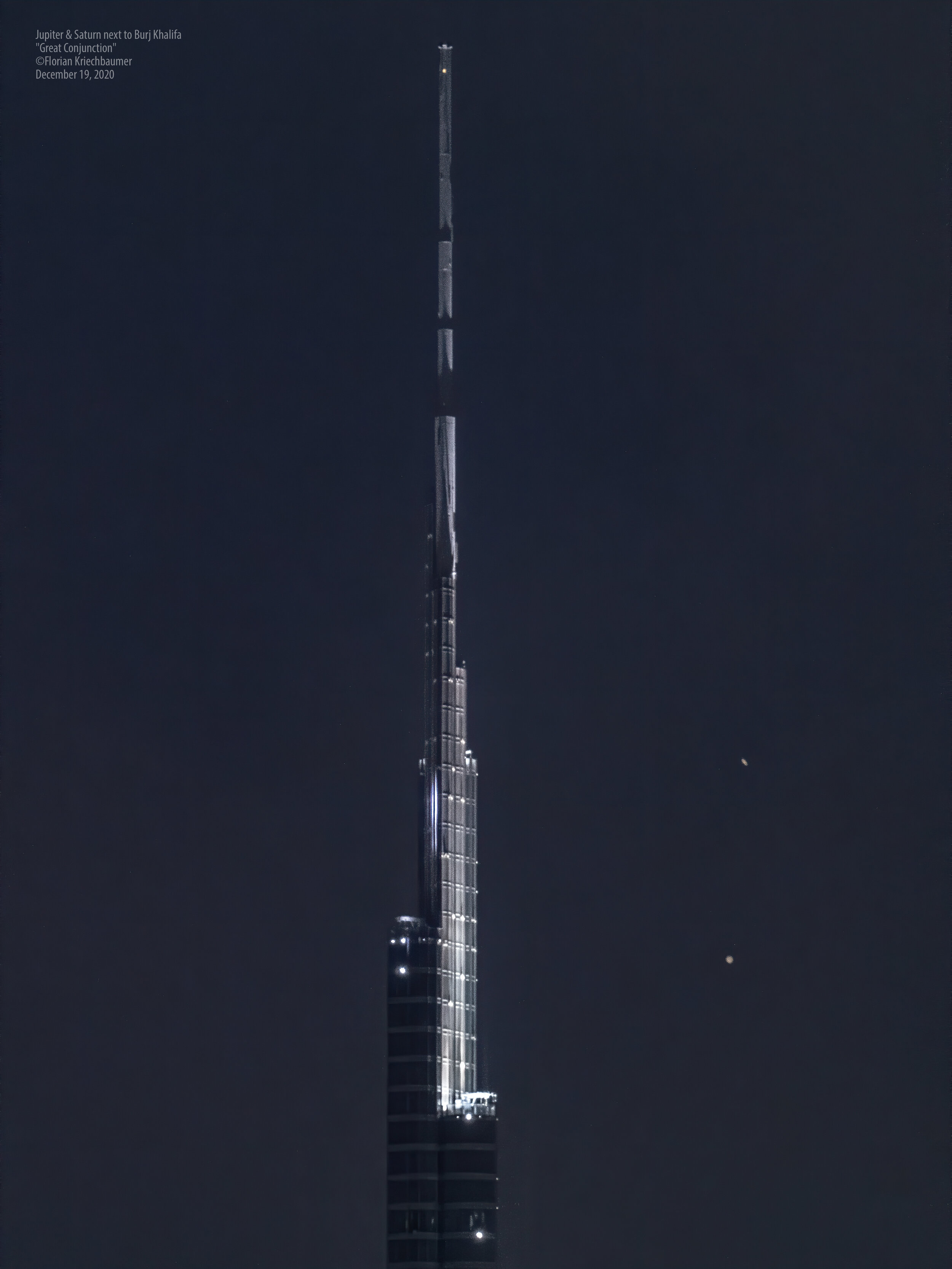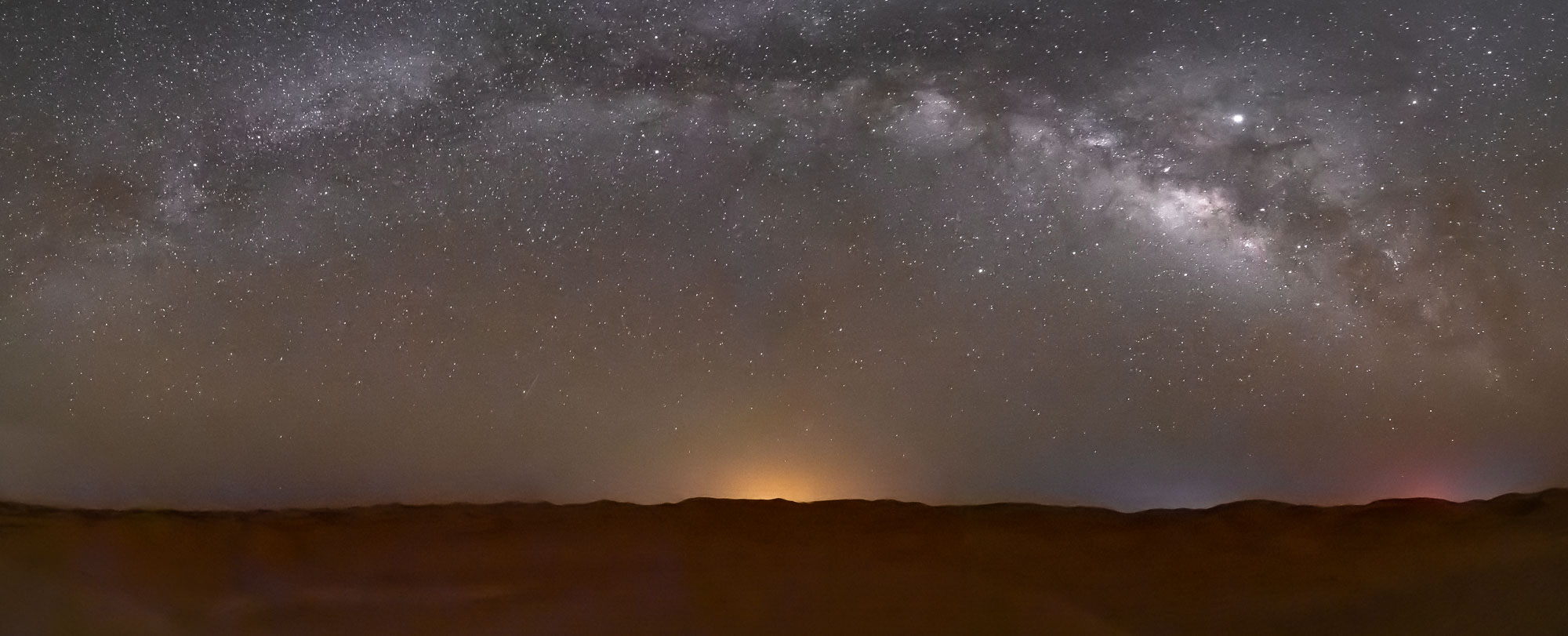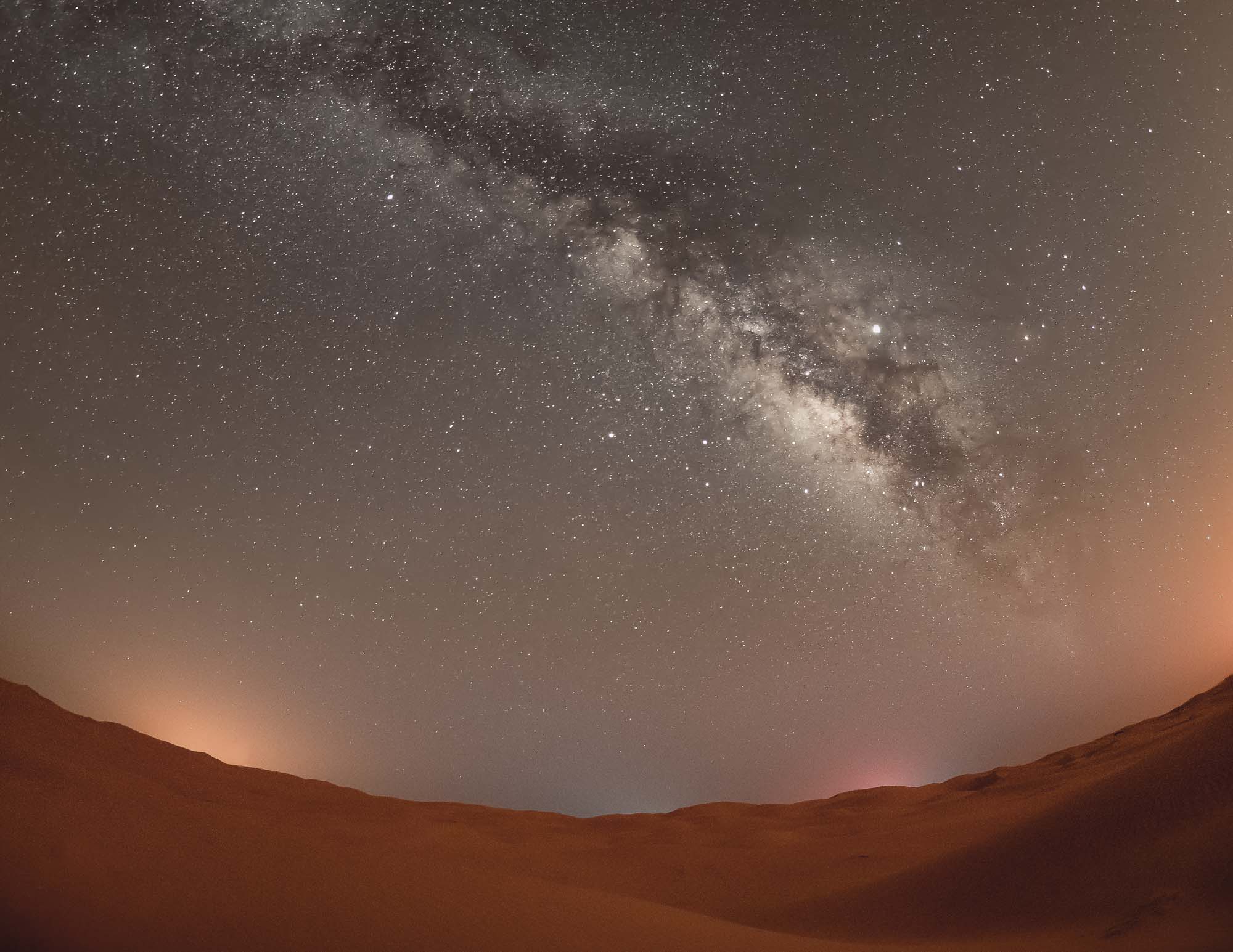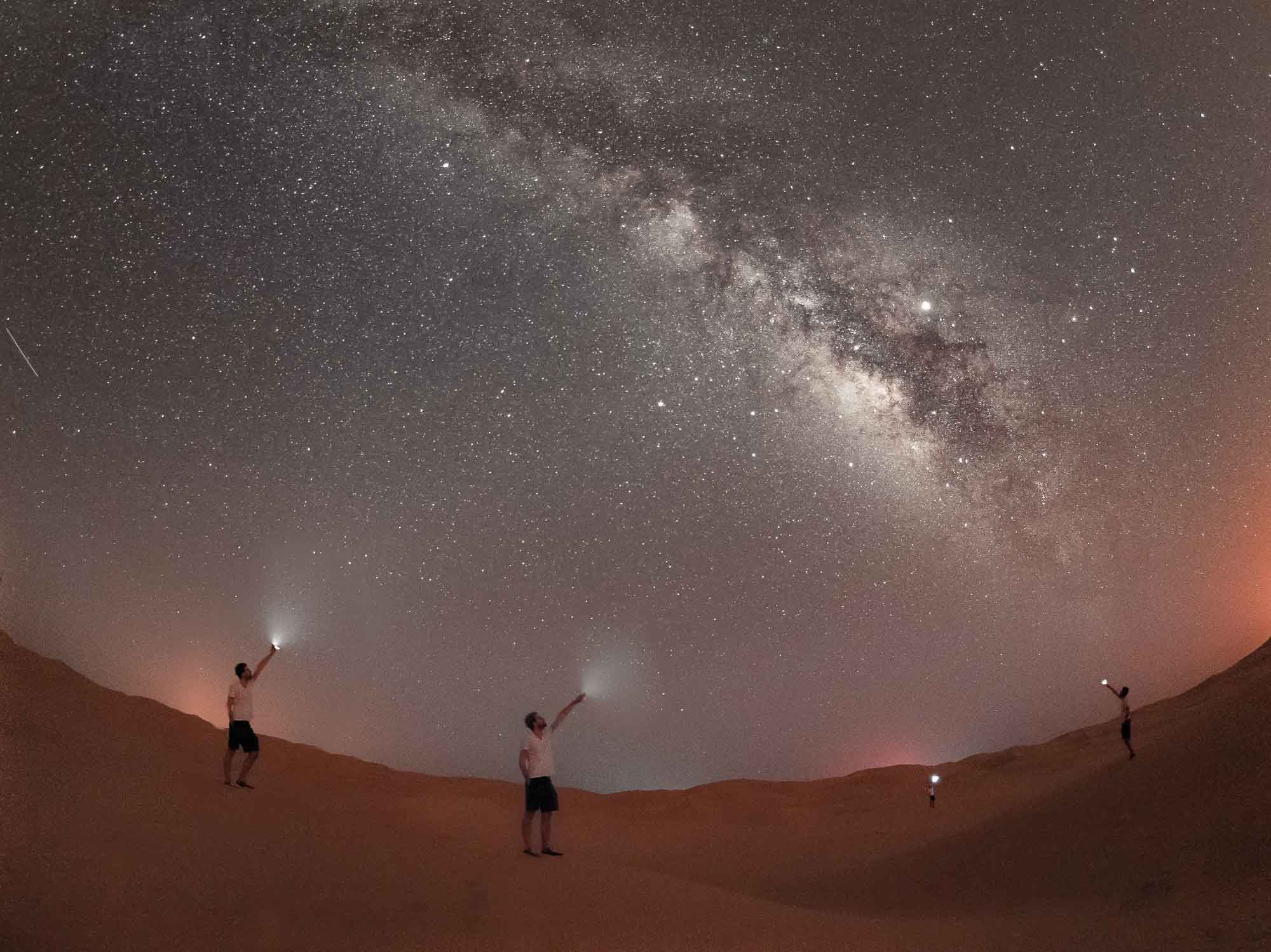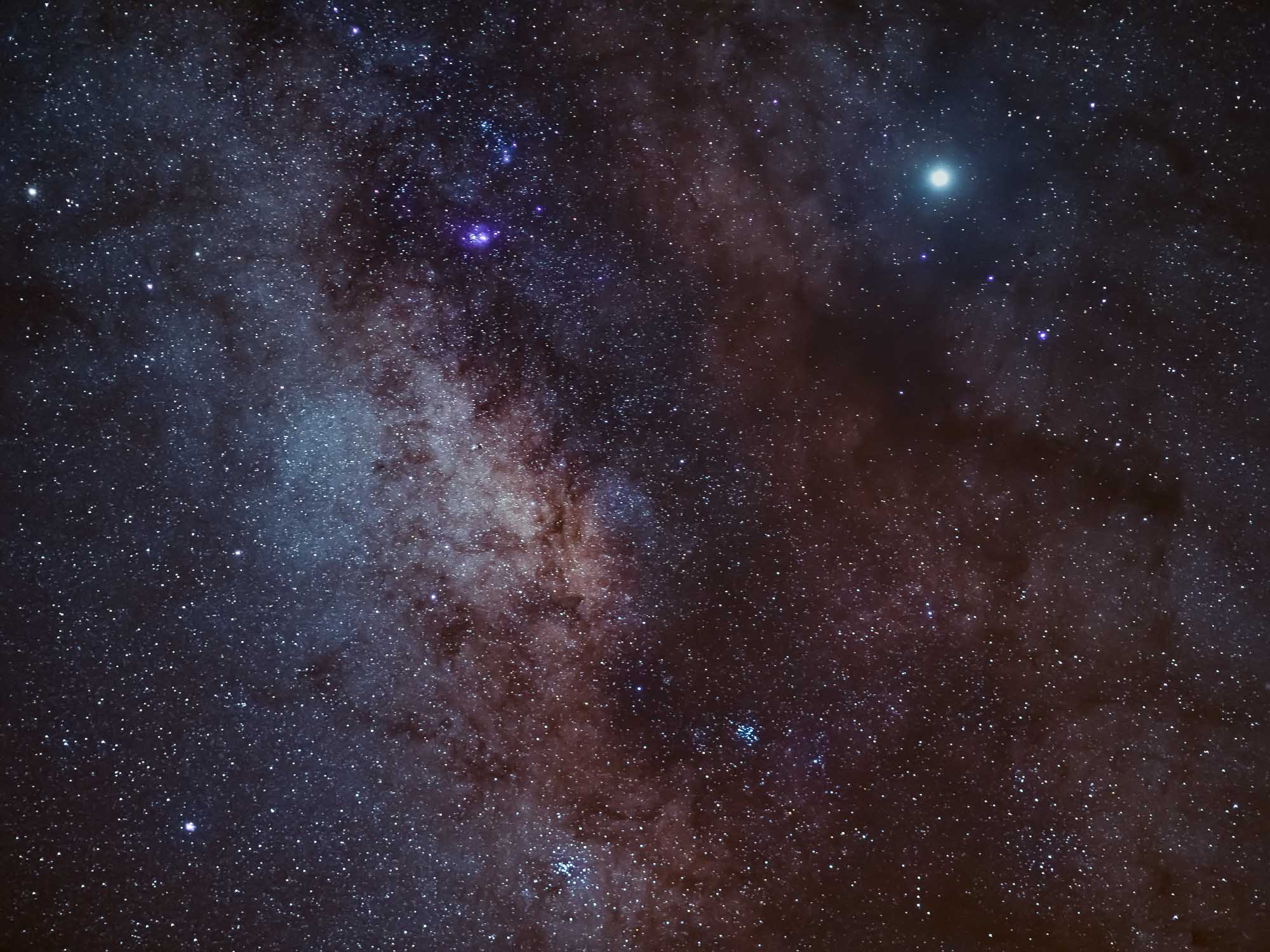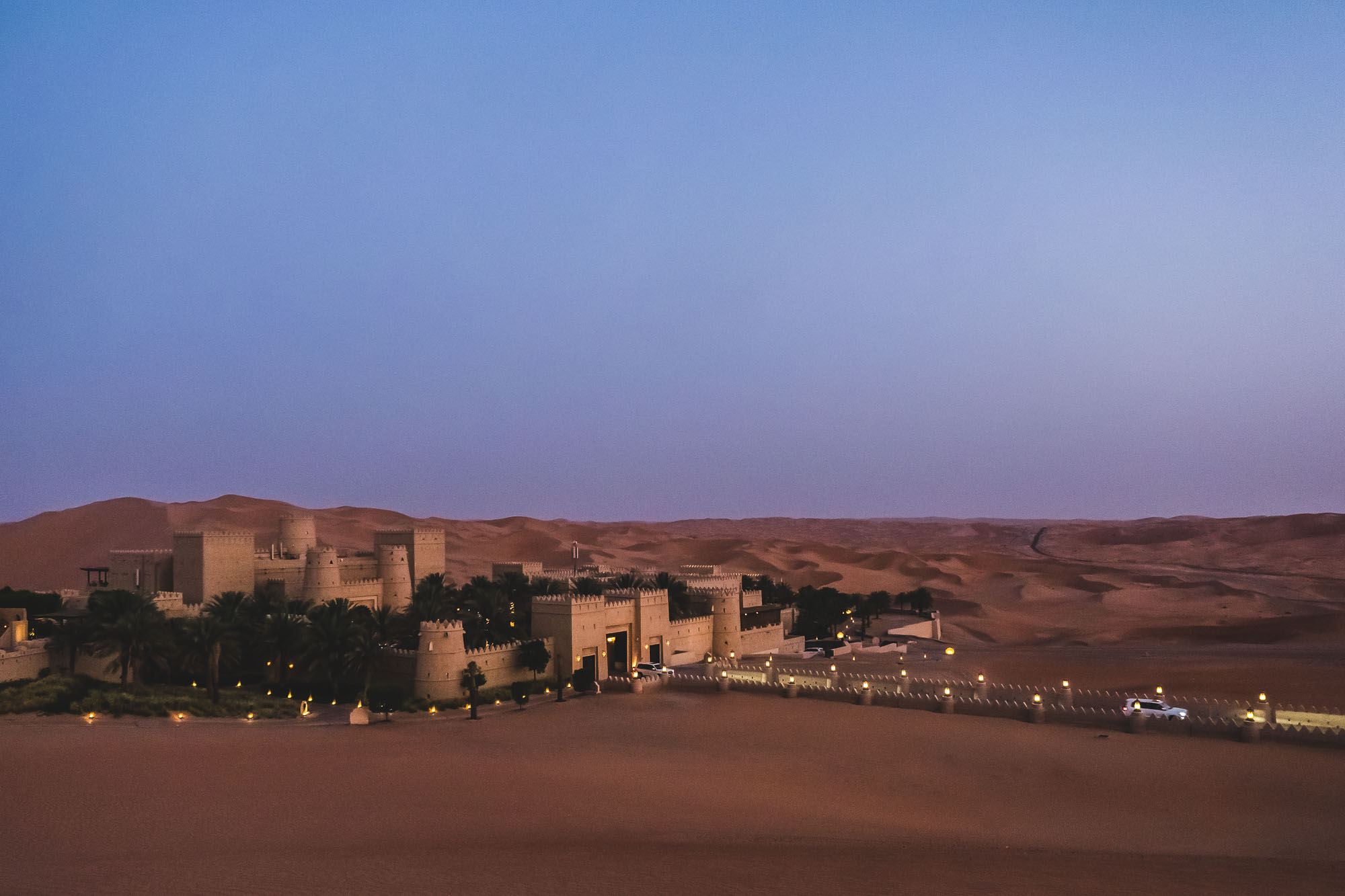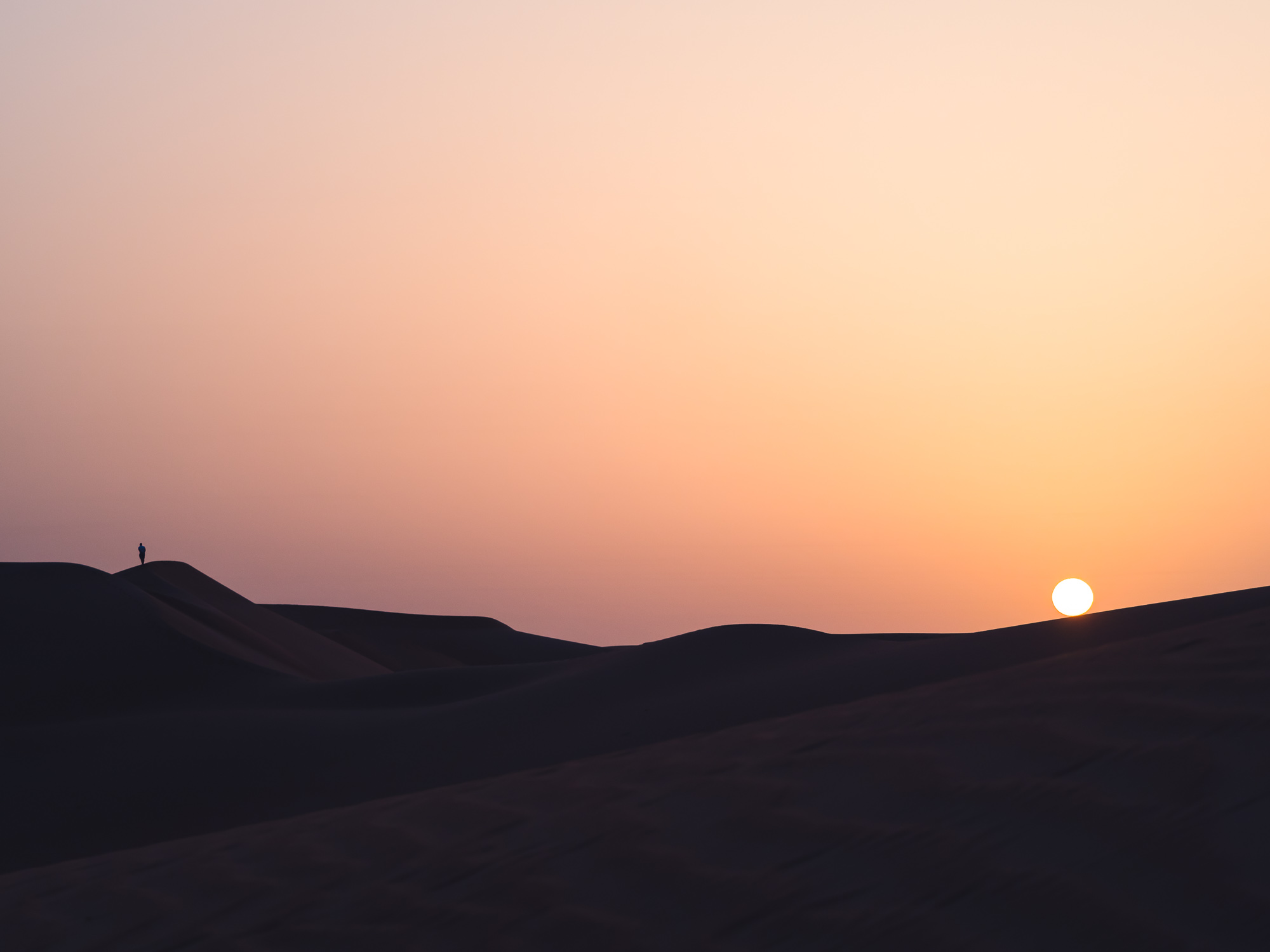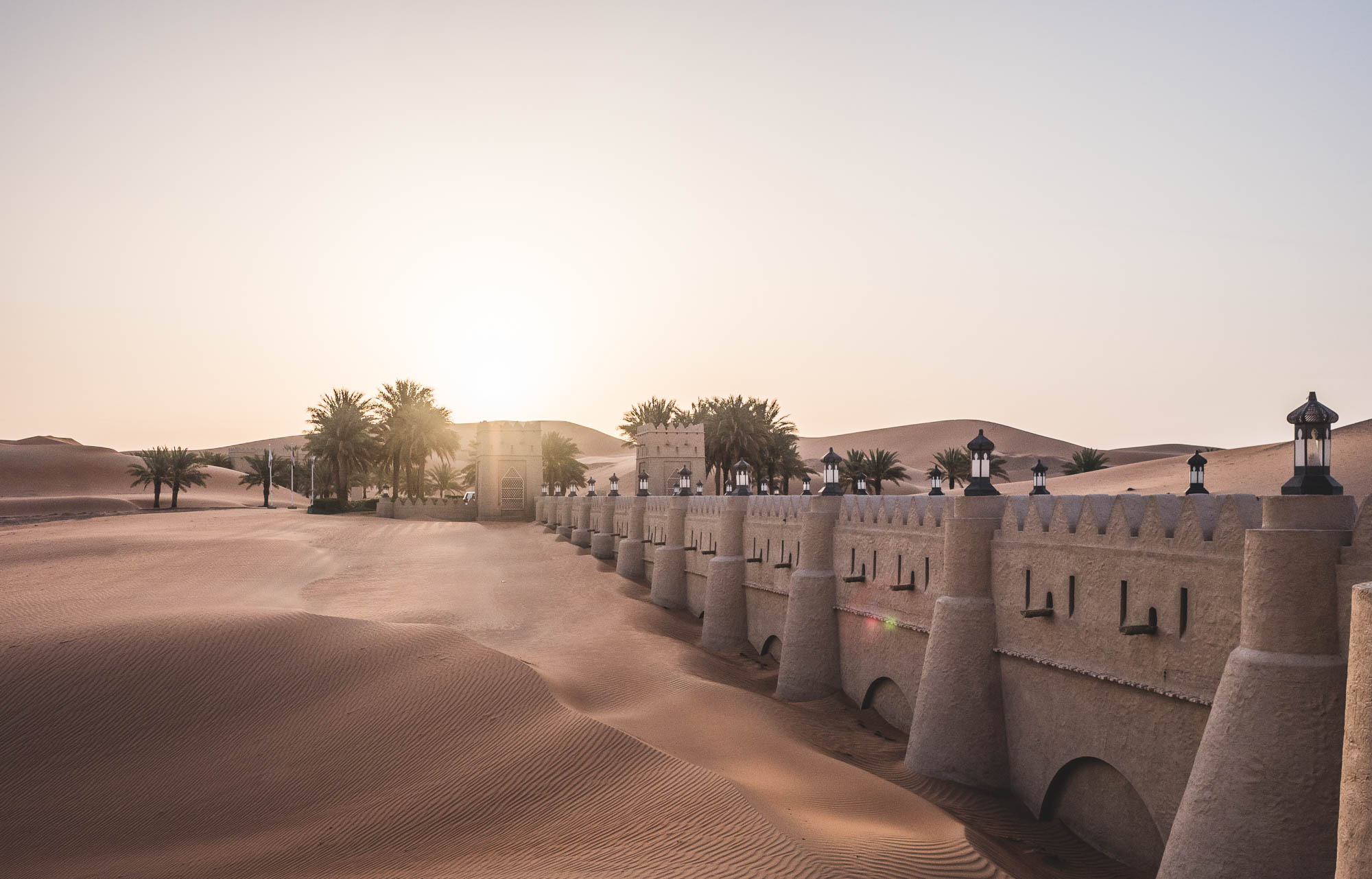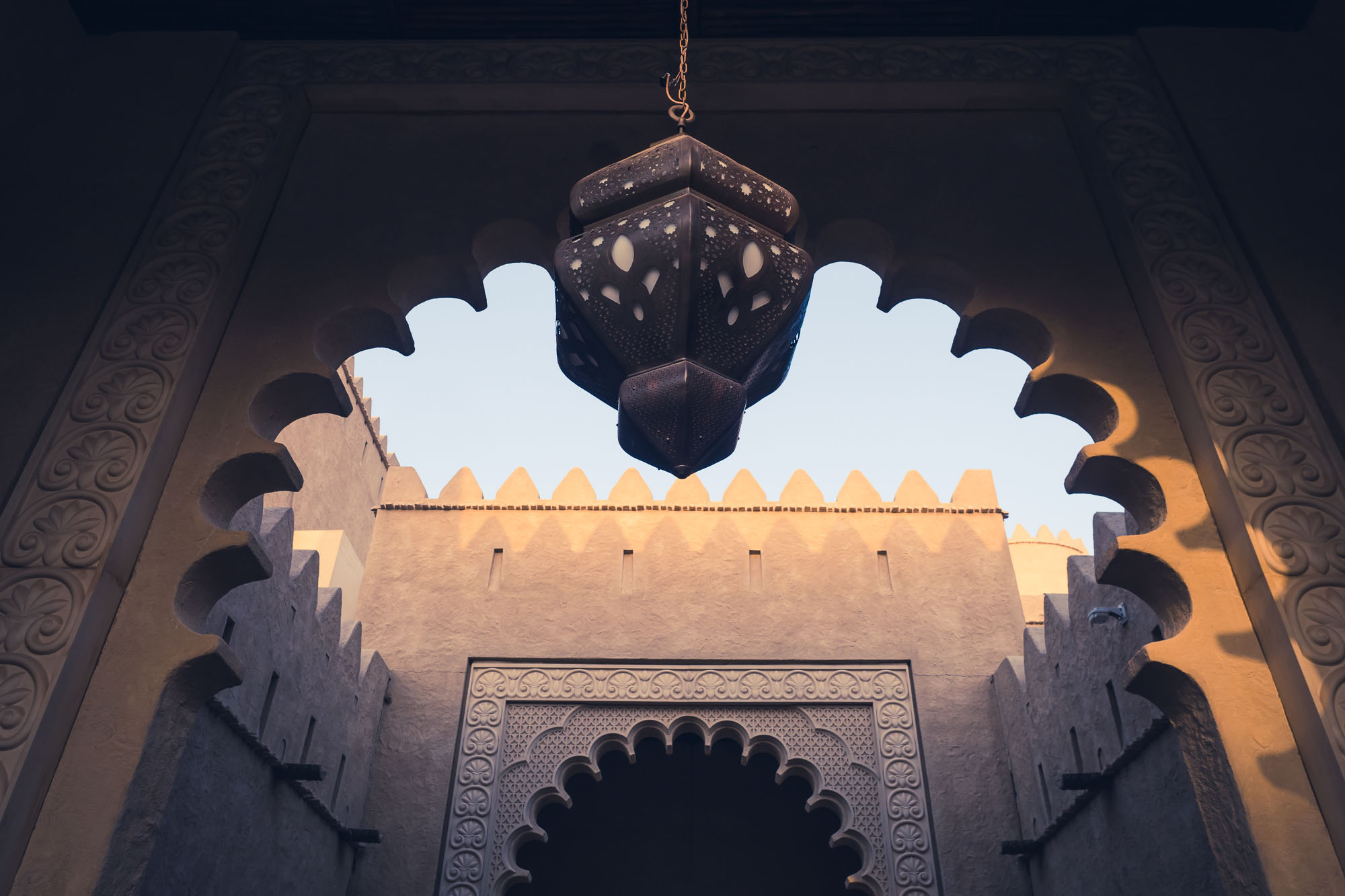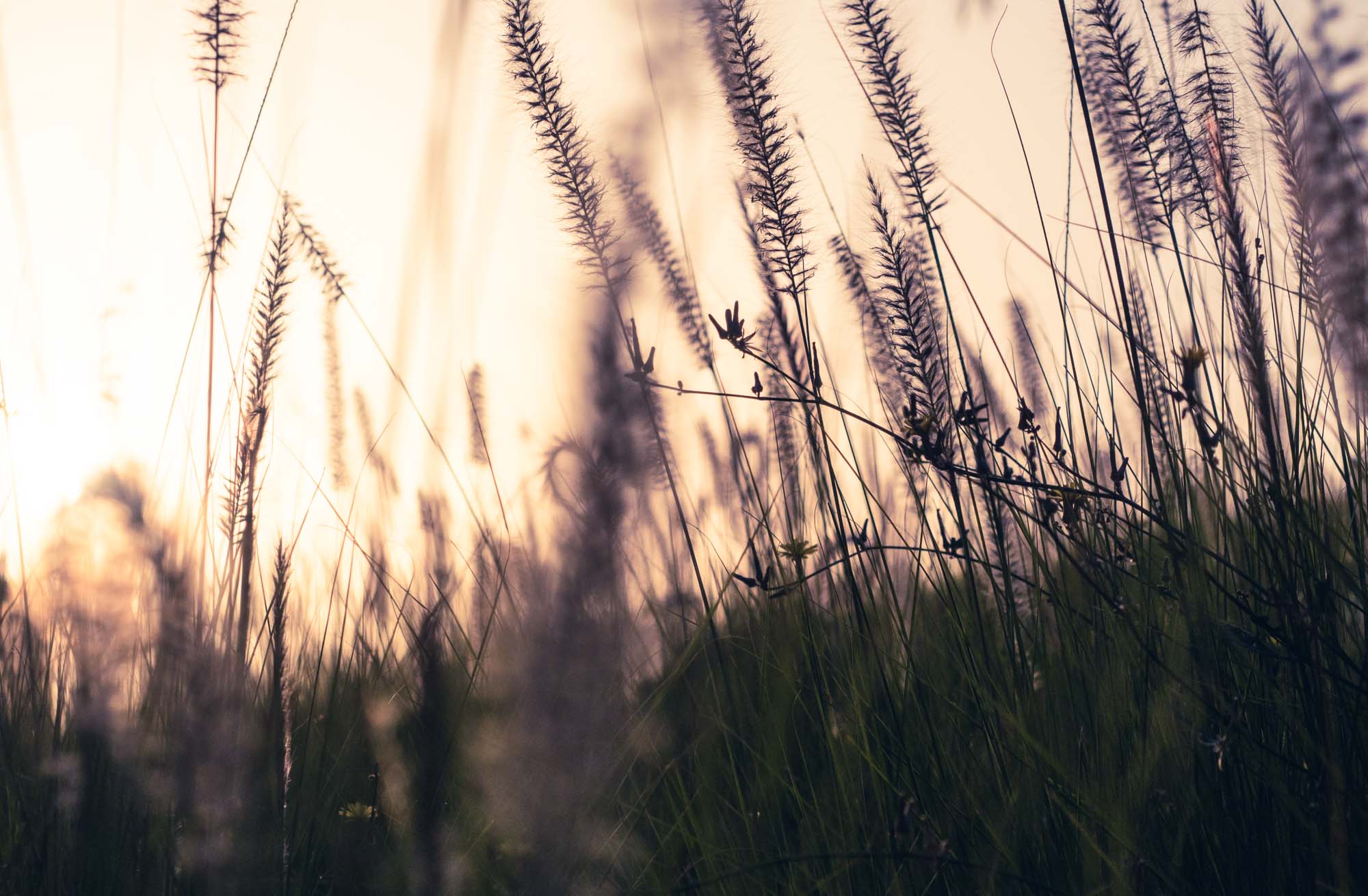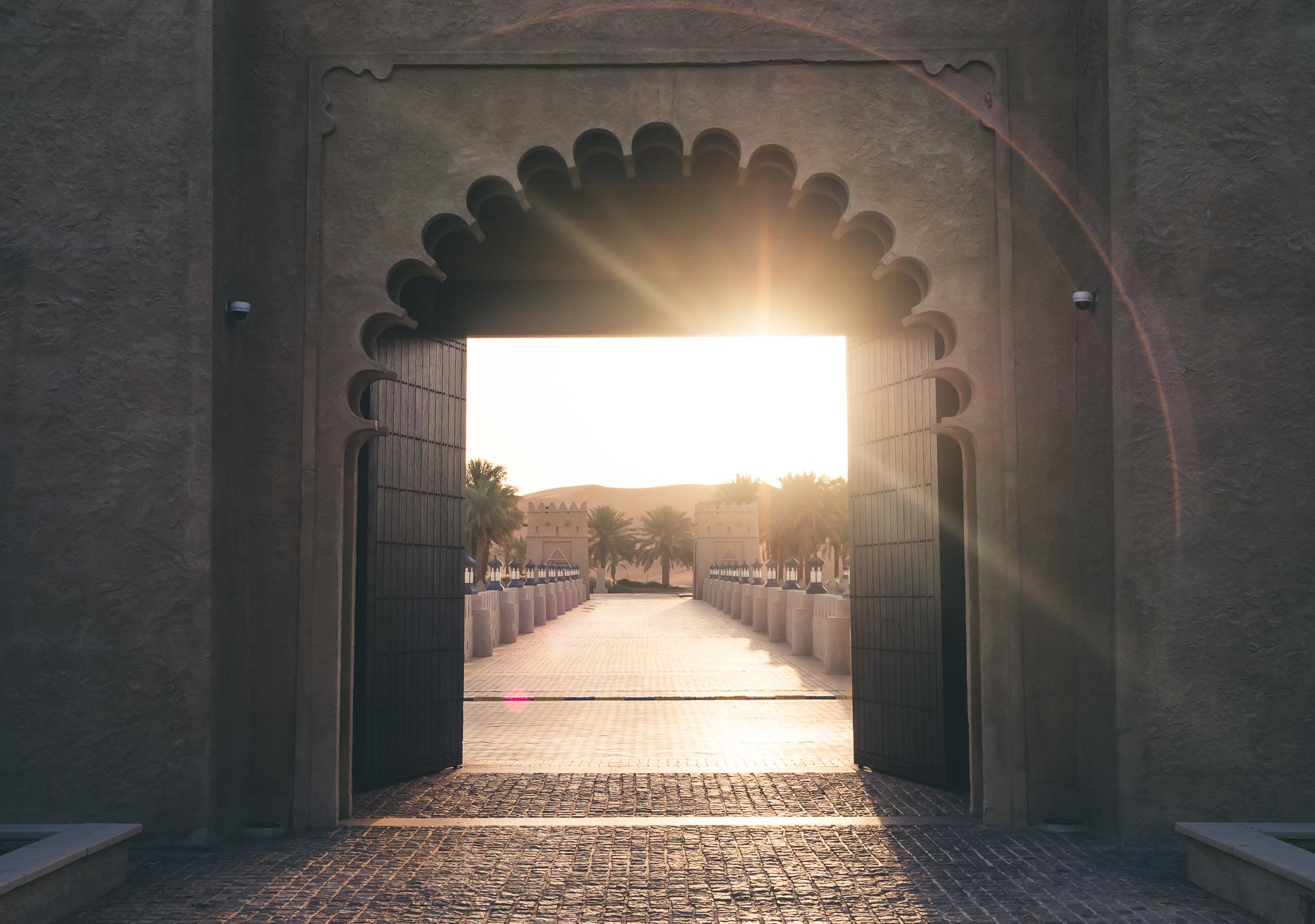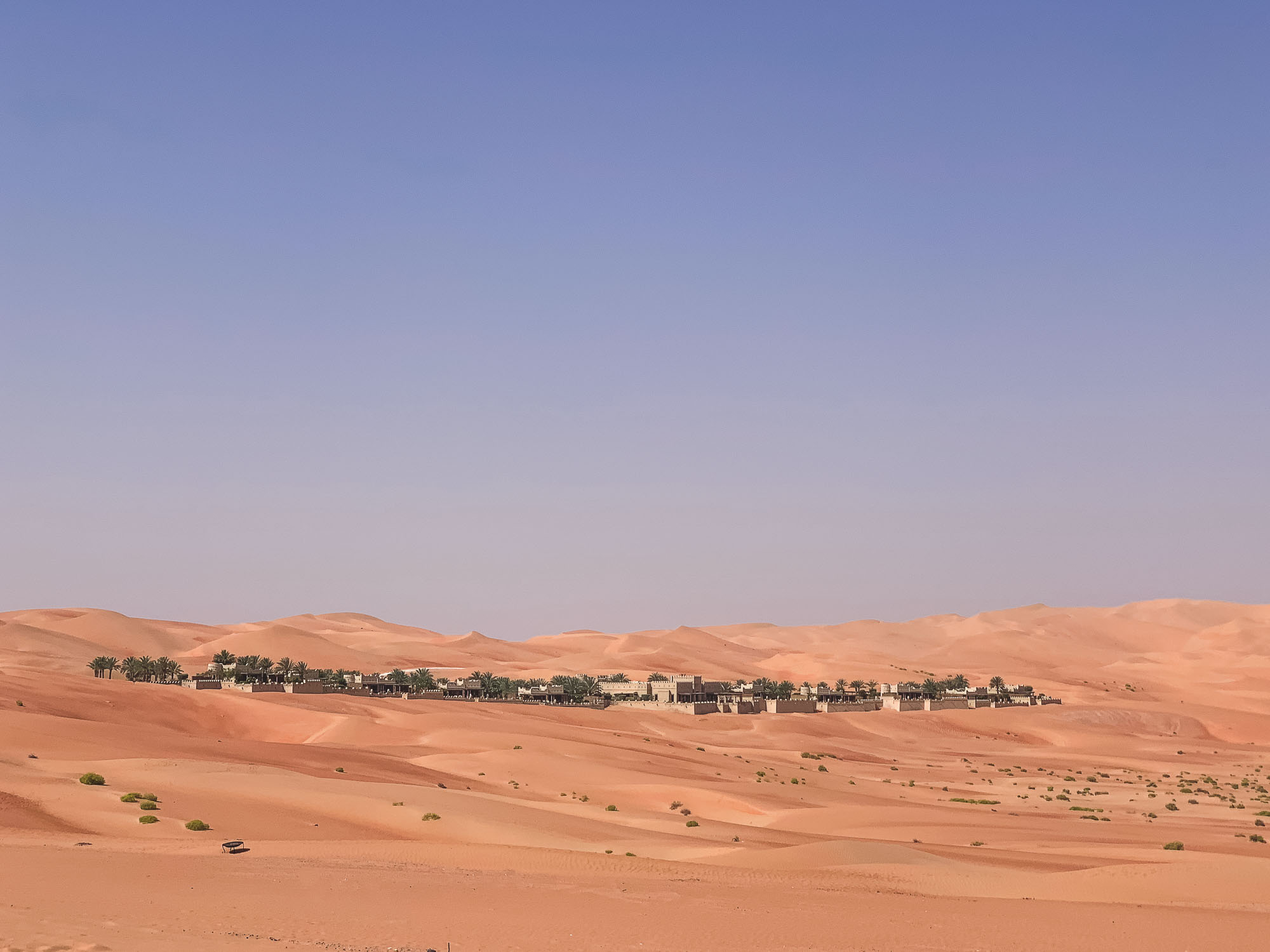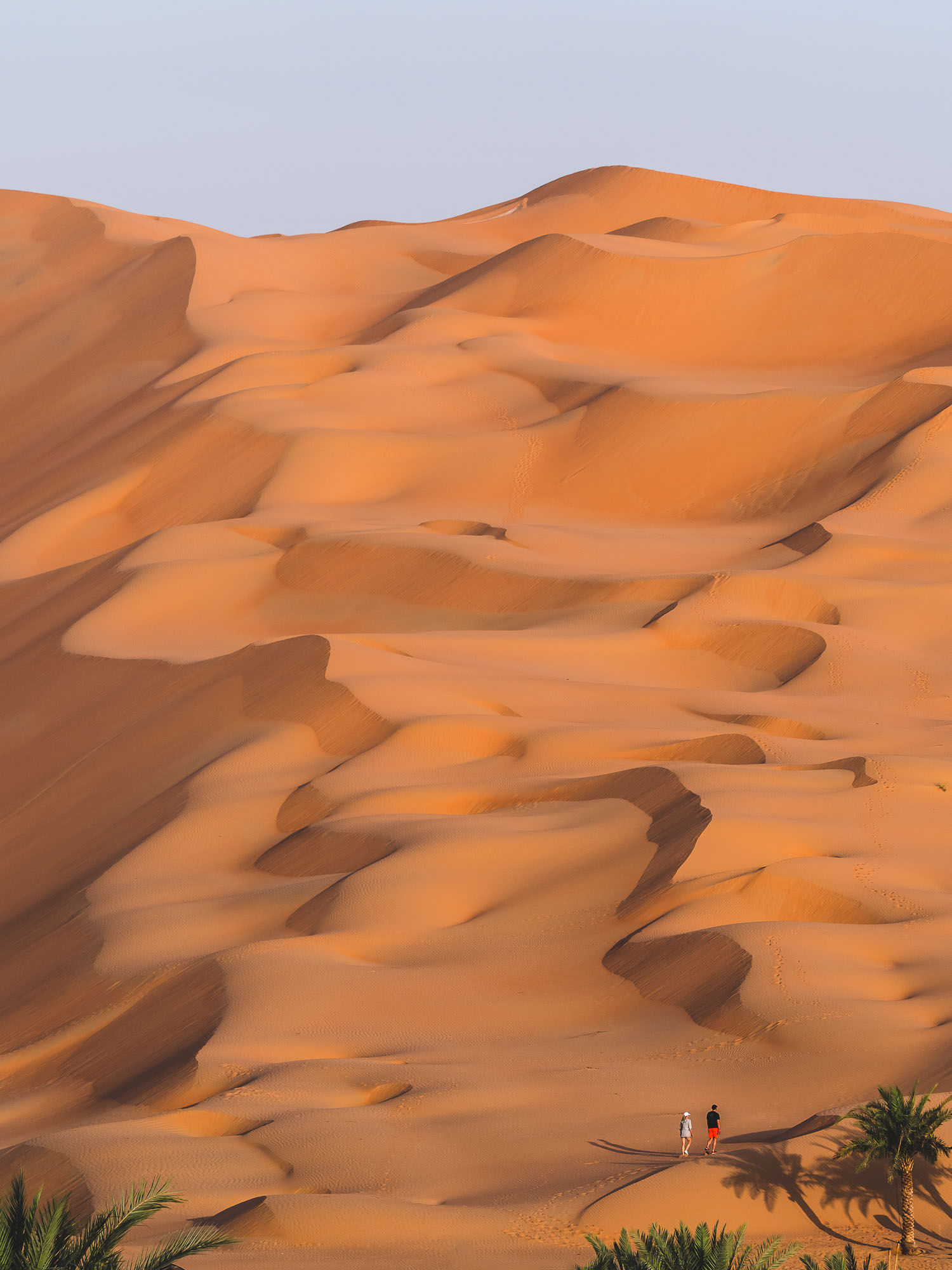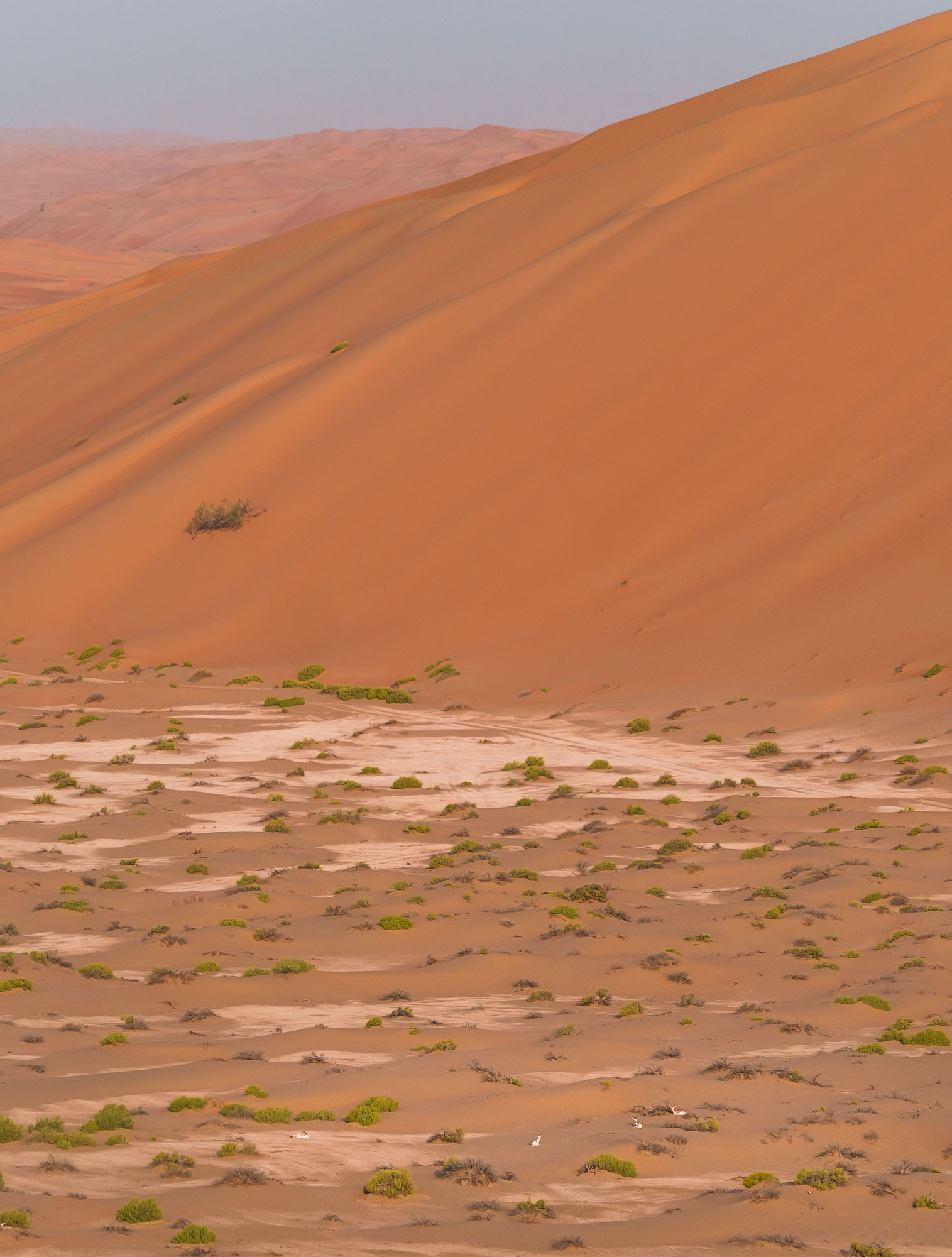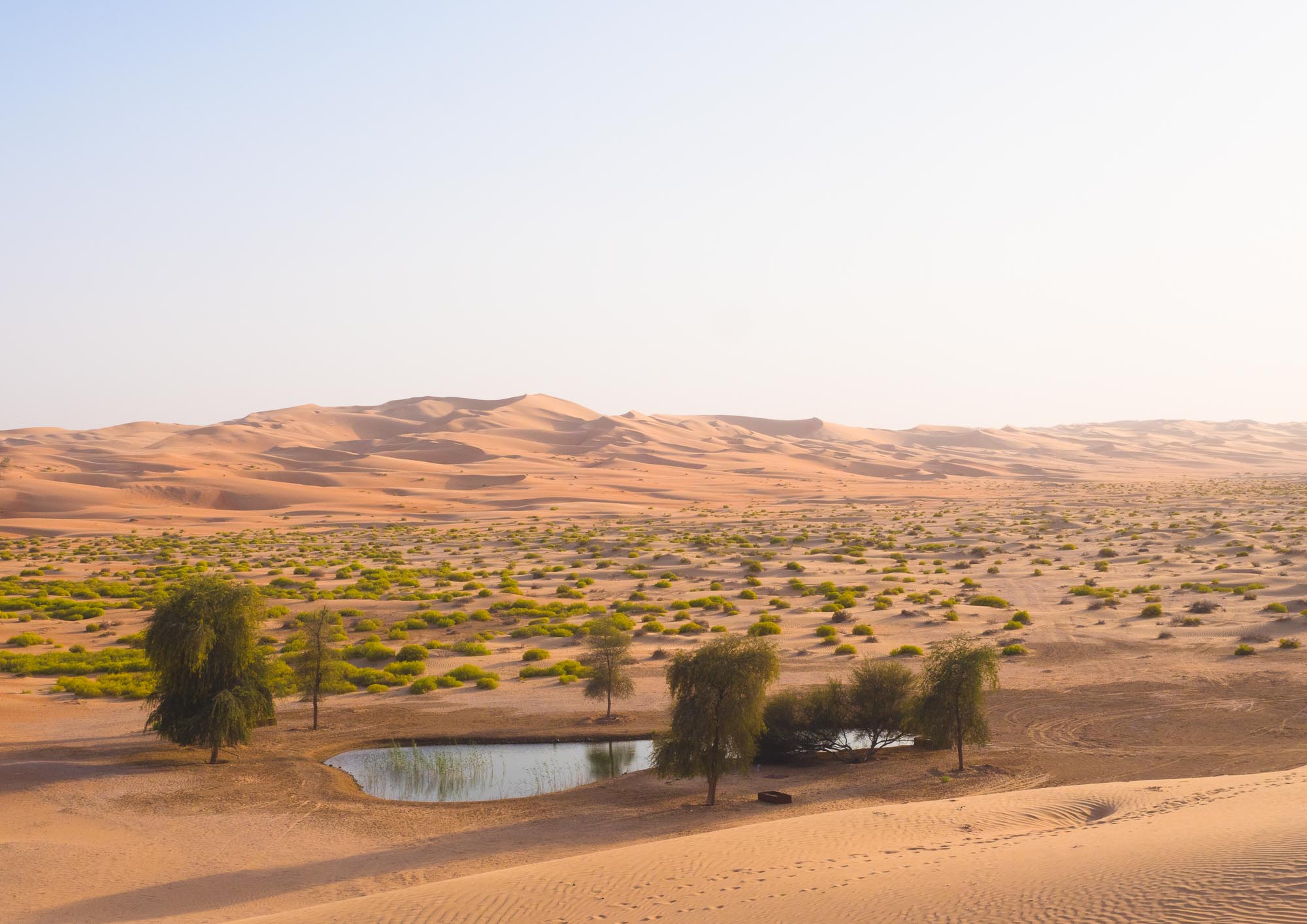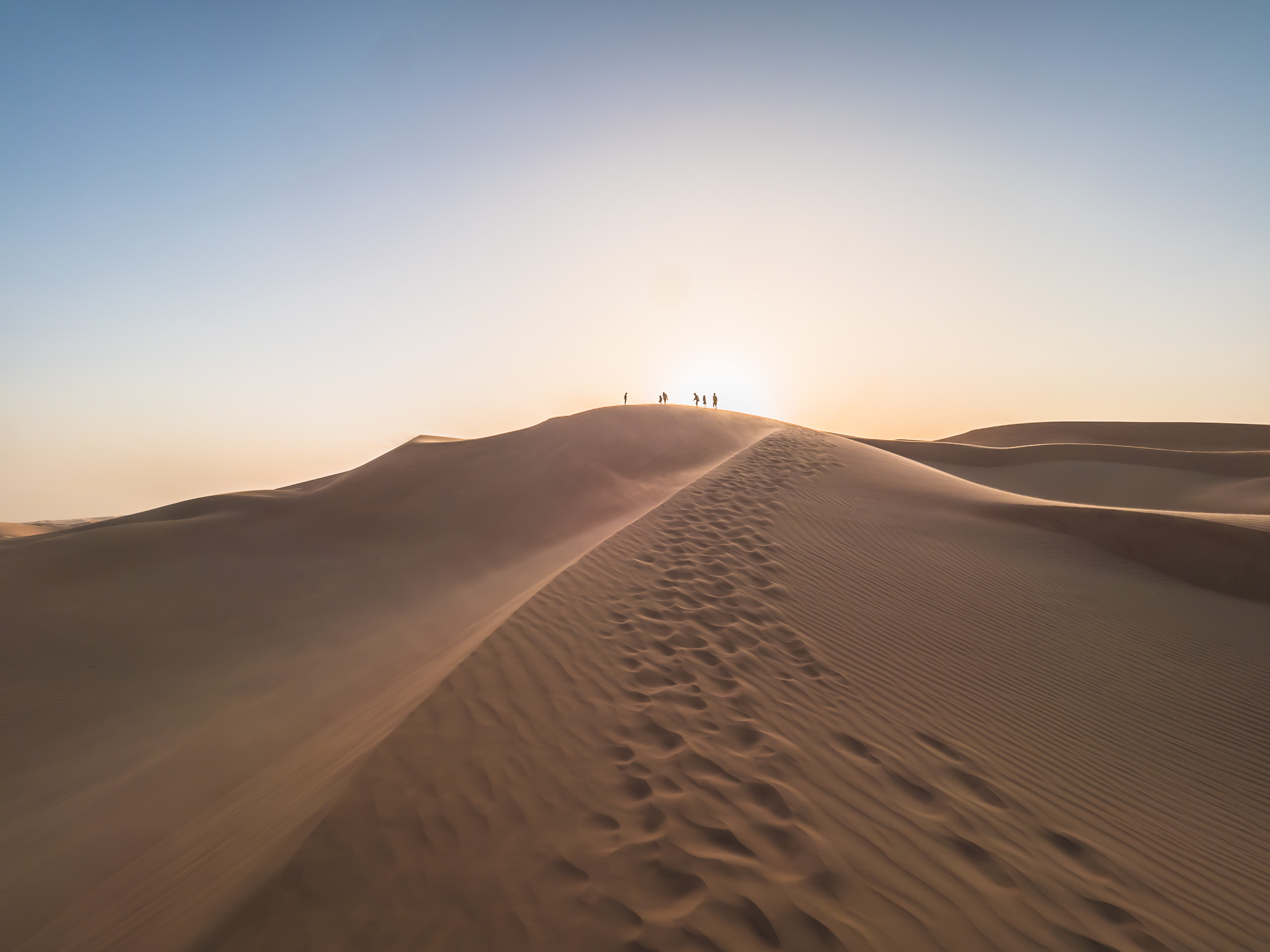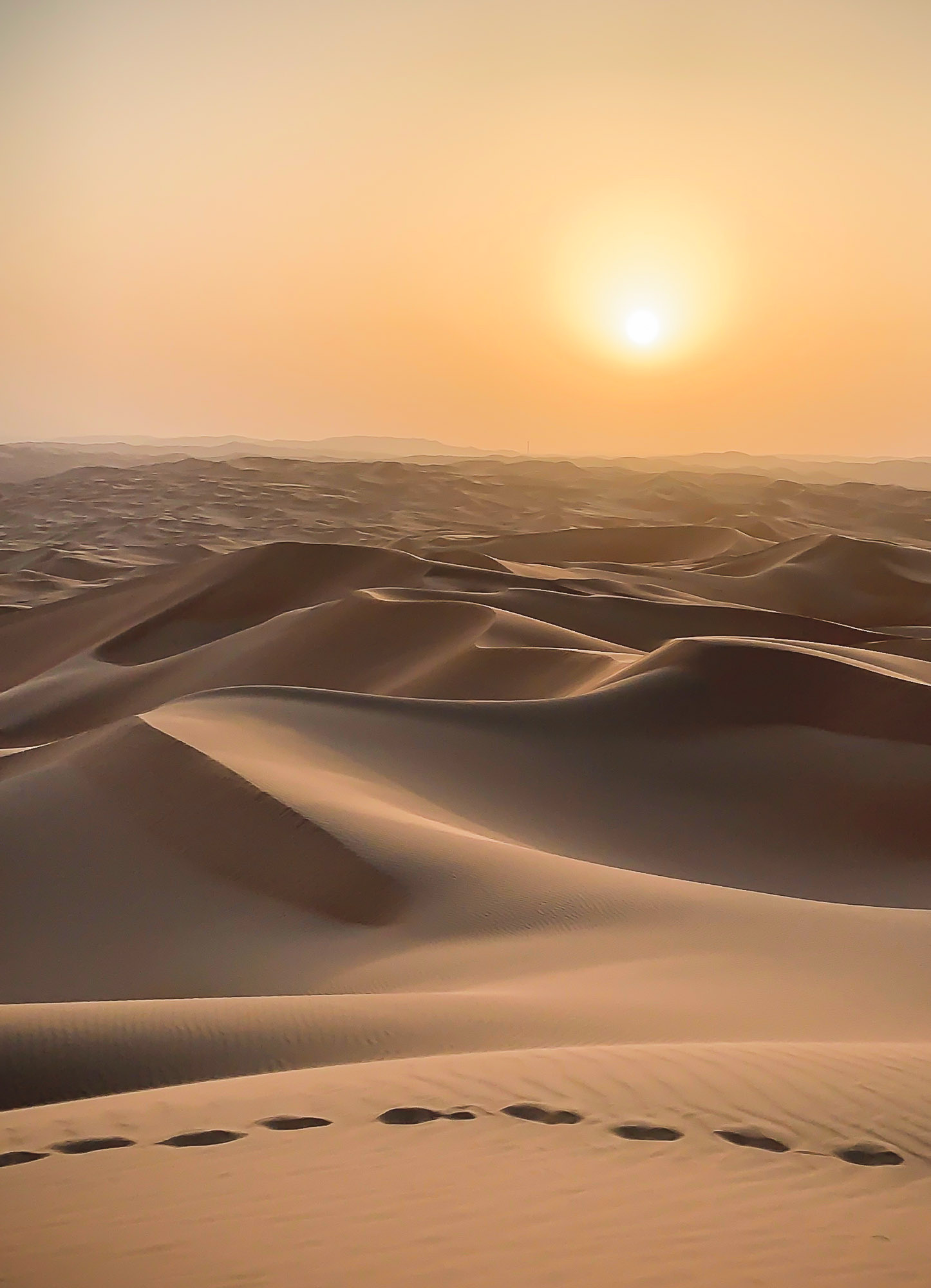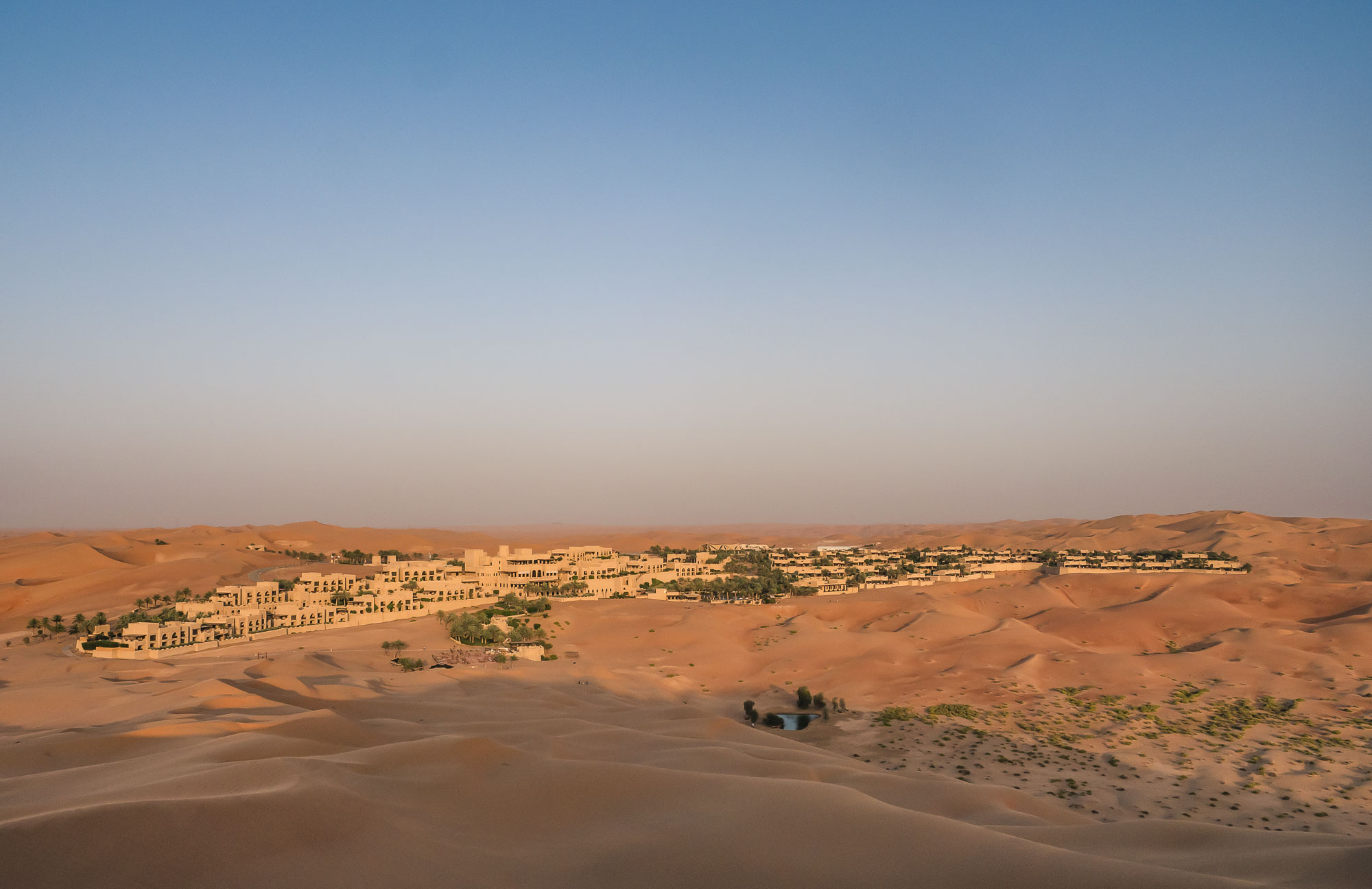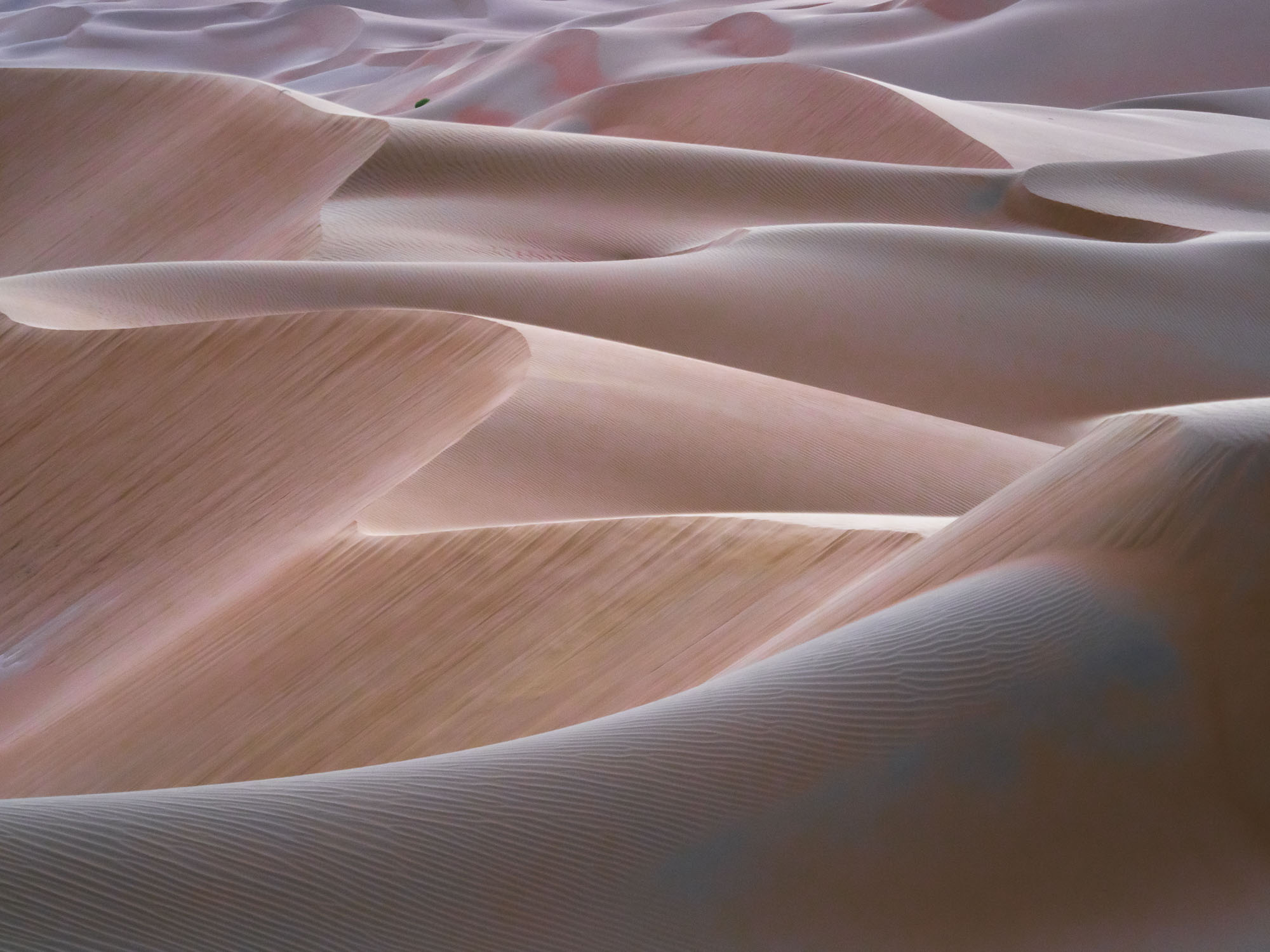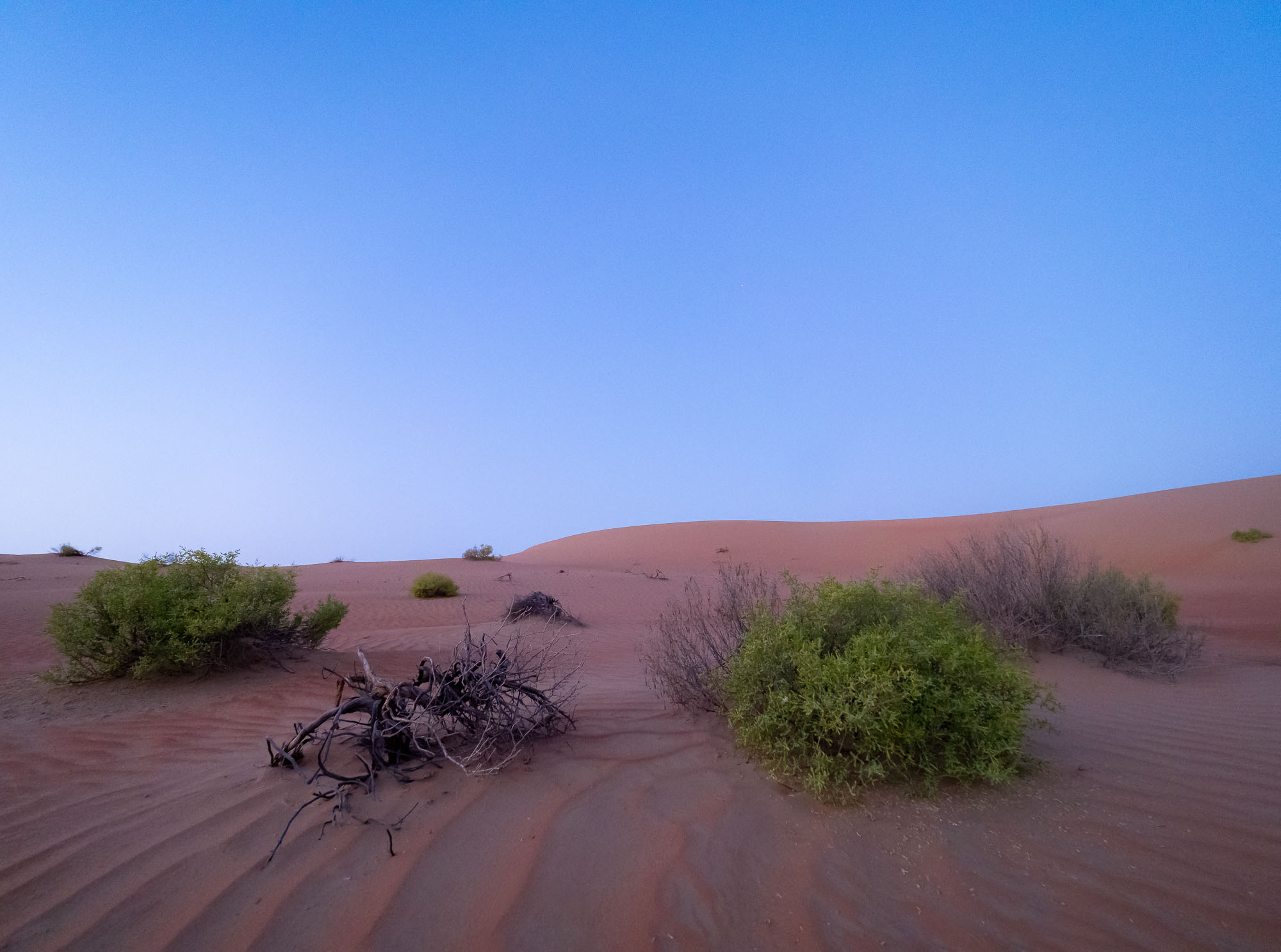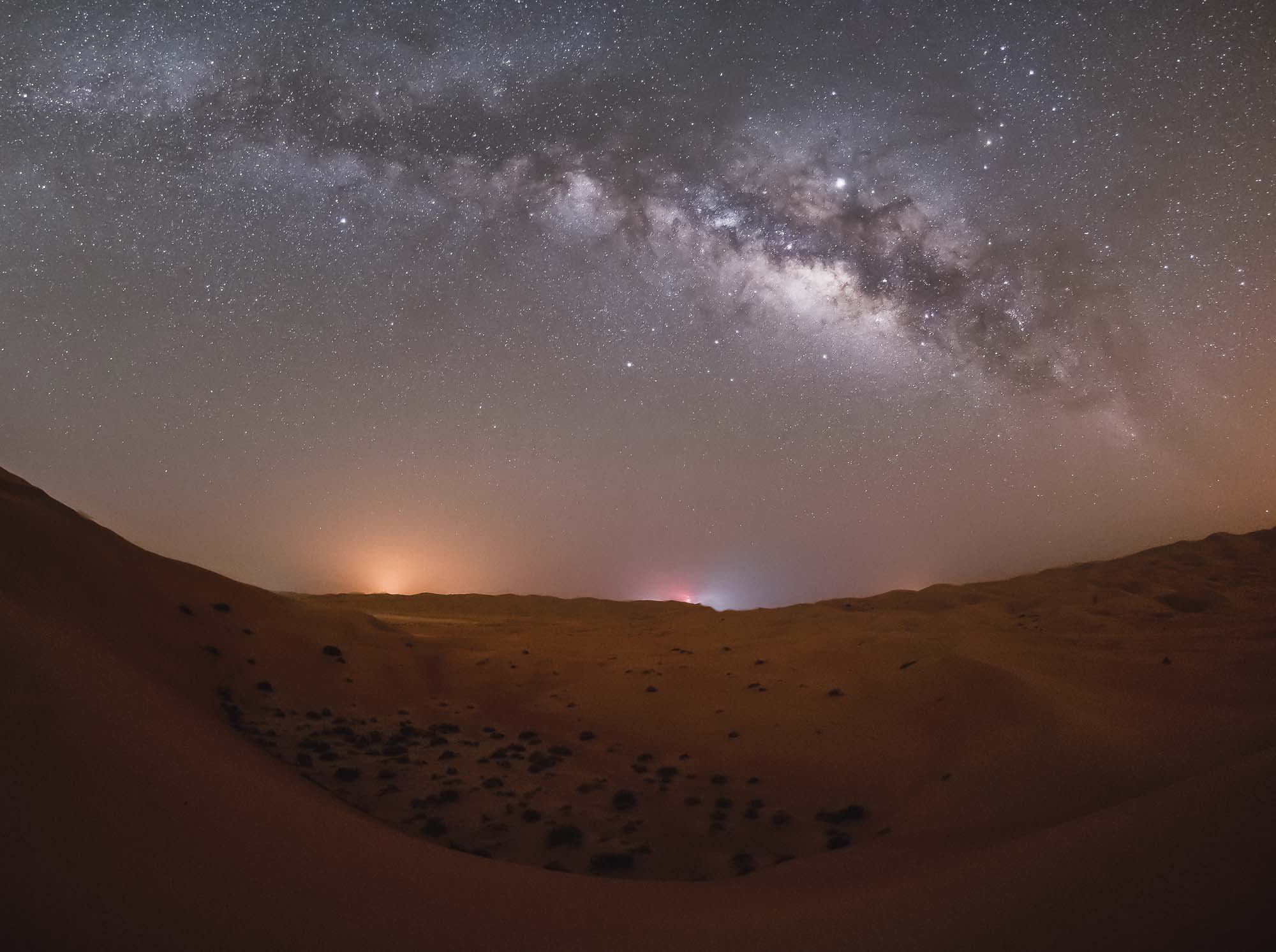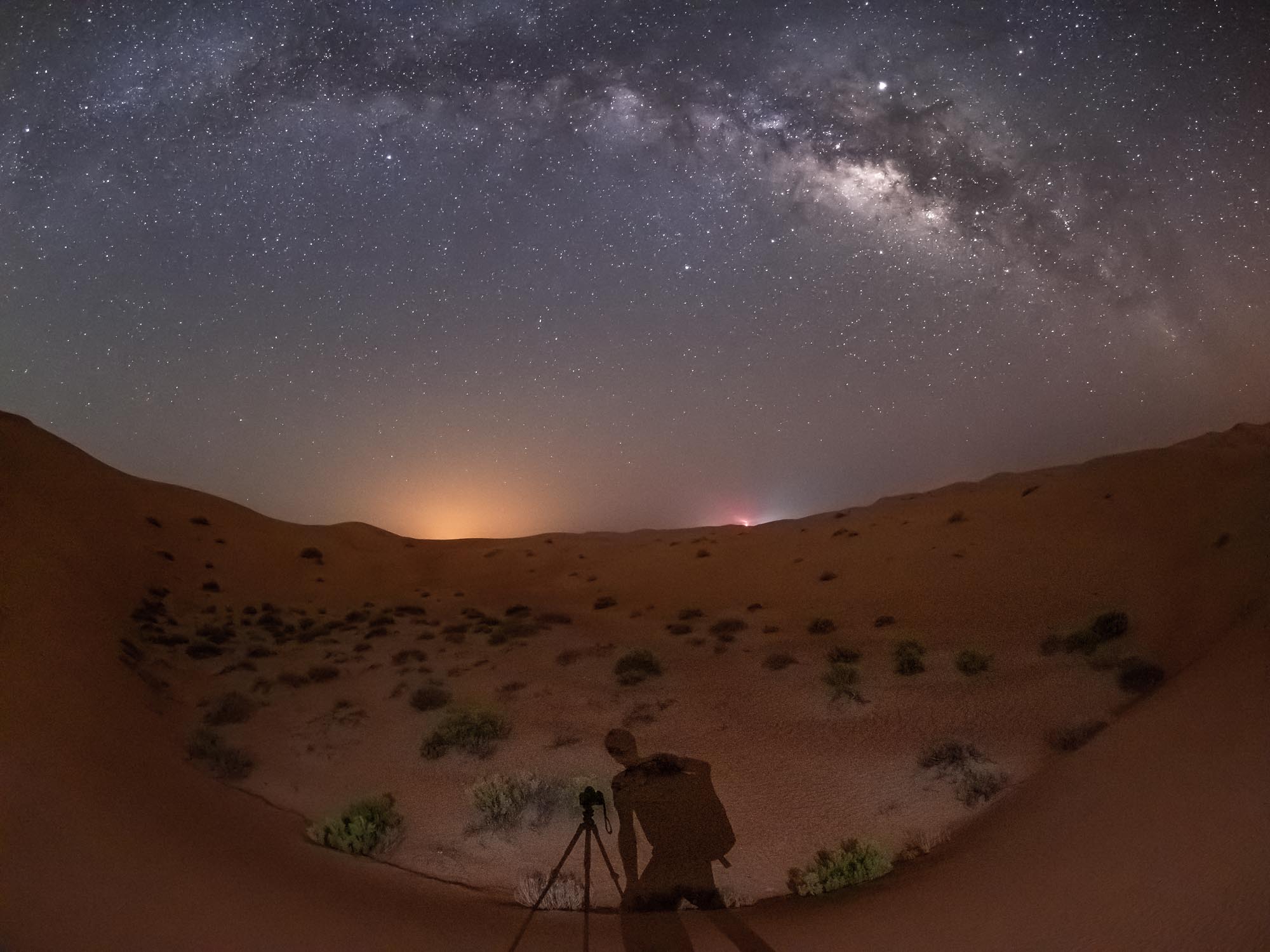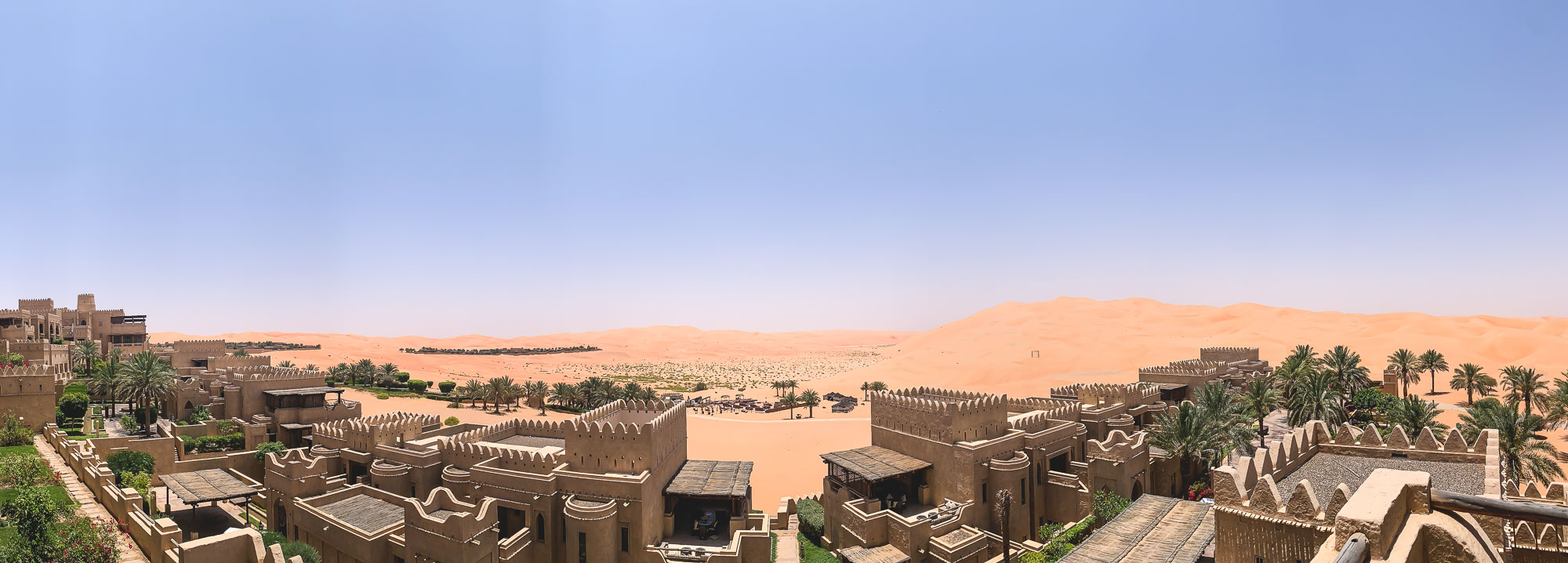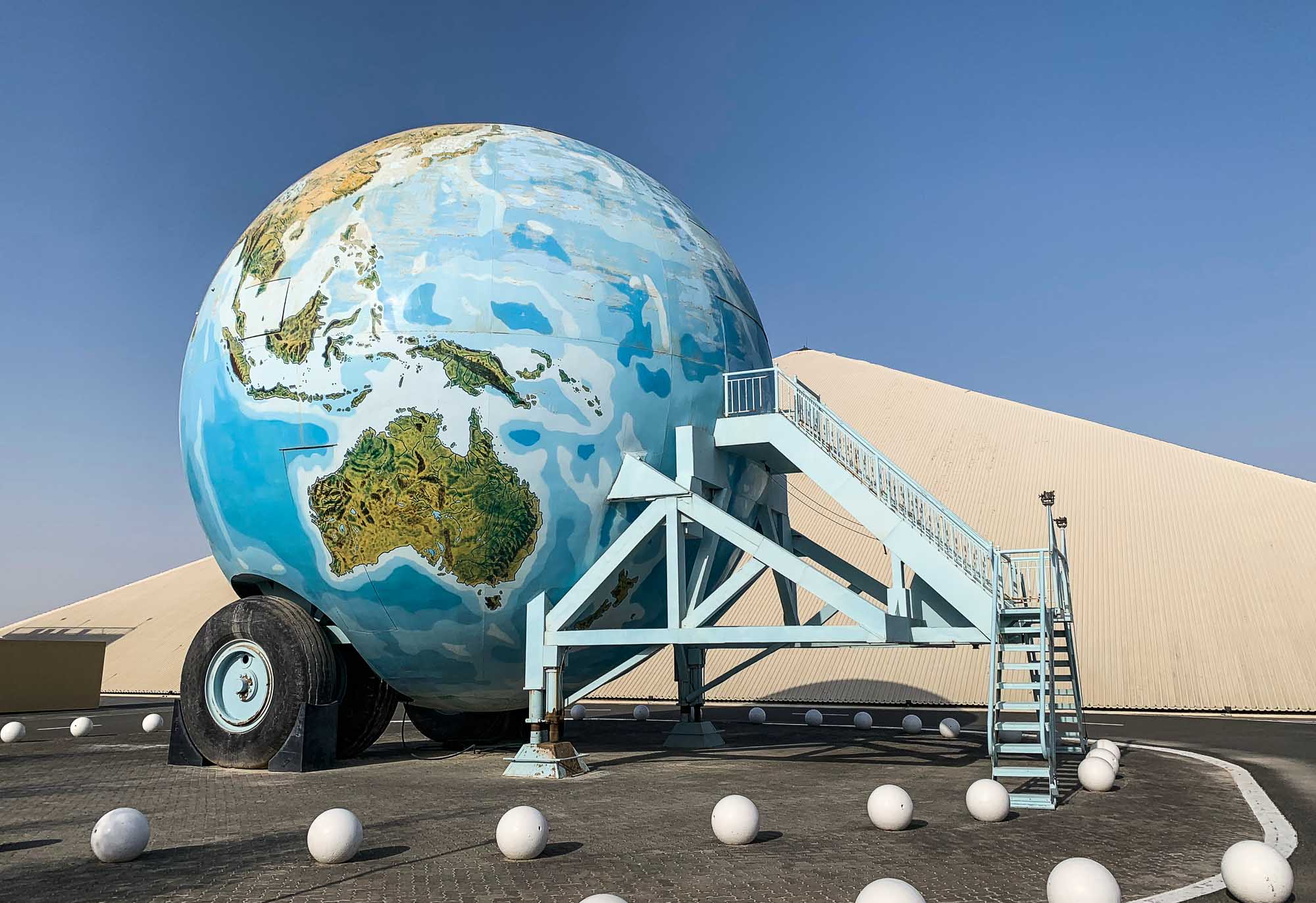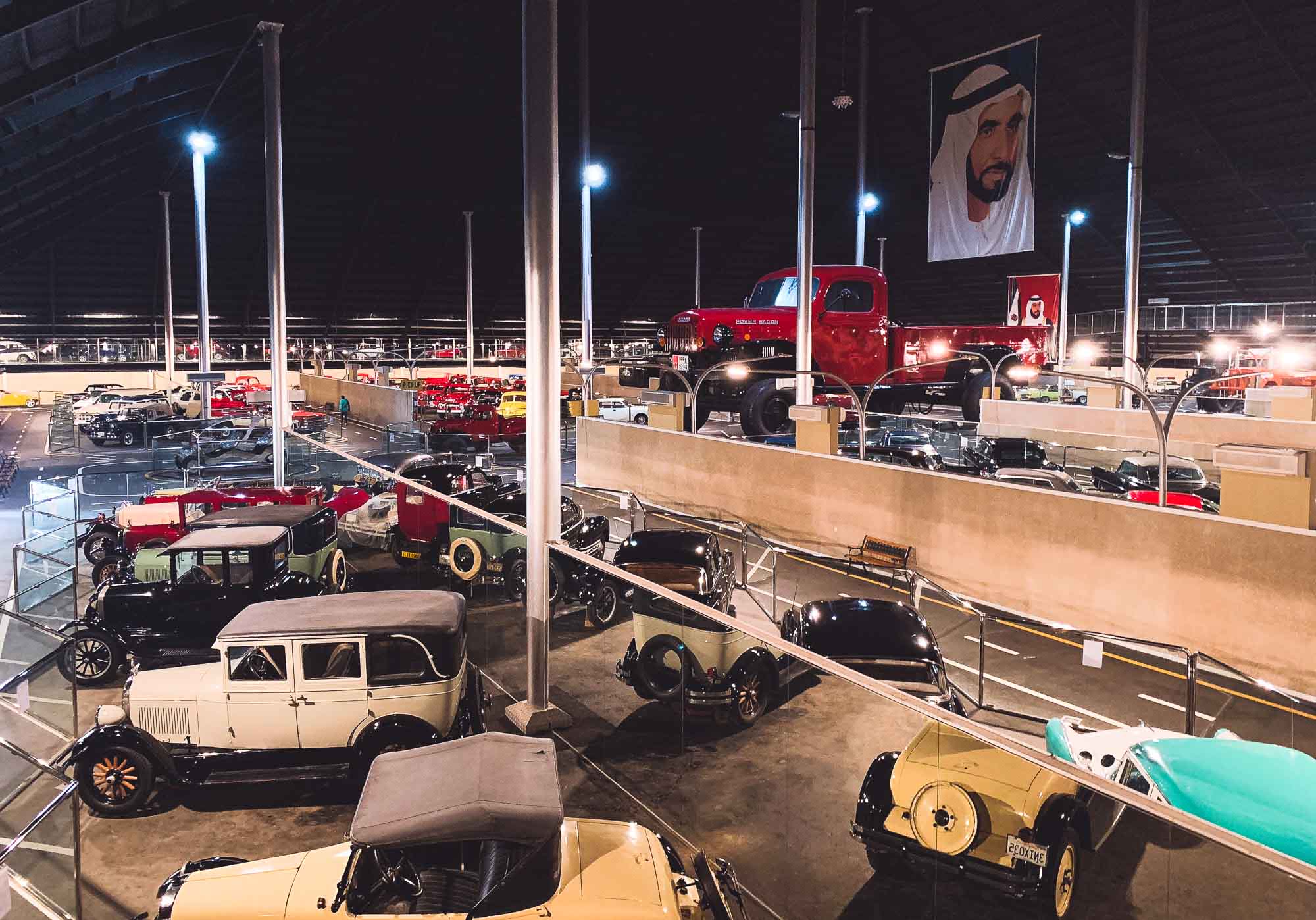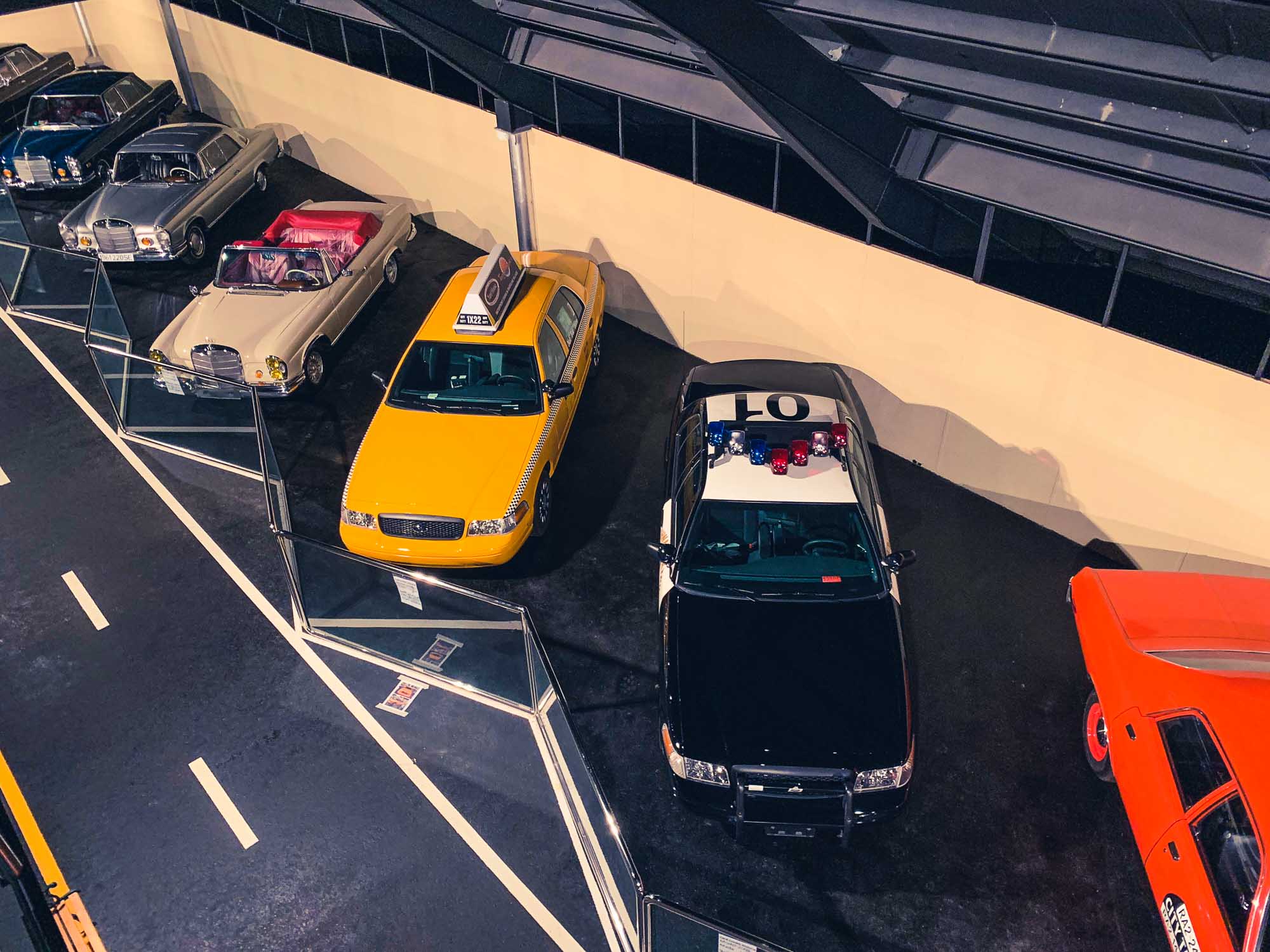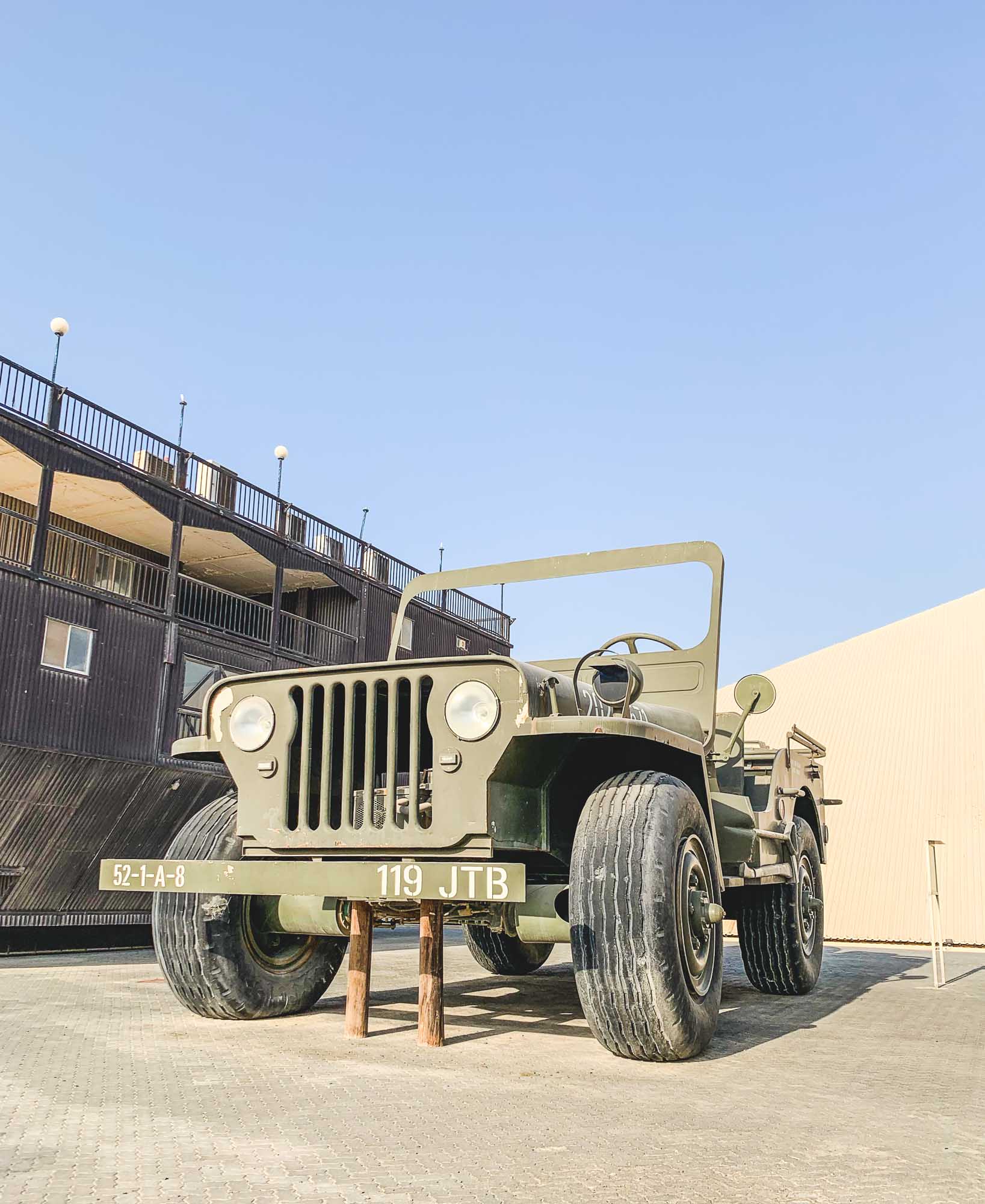A new member of the Tikee family, and it’s not a camera: Tikee Sentinel
My thoughts on the new Tikee Sentinel motion detector just released by Enlaps.
I’ve been taking timelapse videos for almost 15 years, see some of them here, and recently have been working with the long-term timelapse solutions from Enlaps, after they contacted me and asked if I’d be interested in a review unit. You can see my previous articles on their cameras and ecosystem here, but this time we have something new!
COUPON CODE FOR ENLAPS.COM
Get 50 EUR off of a Tikee product:
FK-ENLAPS
A few weeks ago I got an invite from Enlaps for a product presentation: a new member of the Tikee family, but this time not a camera! Curious what it would be, I was keen to see how they’d expand their industry-leading long-term time-lapse and project-monitoring ecosystem. It turns out the new addition is a high-end motion sensor. While on the surface that may sound a little less exciting than a new camera, it actually brings a whole new set of possibilities to the platform.
Hardware
The Tikee Sentinel is a small (less than 10 cm on the longest side) and light (150 g) industrial motion sensor that is completely wireless, lasting around two years on a single charge via USB-C. It’s made for all kinds of environments with an IP66 rating, similar to the Tikee cameras, and has a detection range of 9 metres through a PIR lens that covers a 120-degree horizontal field of view. The device also features an ambient-light sensor.
It pairs with any Tikee 4, Mini, or Mini+ camera on the same site, within a transmission distance of around 30 metres in the open.
Features
The Sentinel is meant to deliver three things to users of the Tikee ecosystem: Detect, Capture, Notify.
After setup through the Tikee Remote App and pairing it with a Tikee camera, you can configure its sensitivity and set up the motion-detection pattern: during the day, at night, or anytime.
On the Tikee camera side, you can then configure the behaviour of the camera when motion is detected: capture a photo, video, or a burst of images. You can also determine if the camera should trigger this action only outside its normal shooting-sequence hours, or anytime motion is detected. Of course the Tikee cameras with their wide field of view and excellent image quality can deliver excellent evidence of whatever triggered motion that goes beyond the capability of simple traditional webcams.
The Sentinel is also fully integrated with the myTikee cloud platform. This allows you to set up immediate notifications via email to various interested parties for motion events and associated images, by selecting who gets notified and in what timeframe.
Speaking of the mytikee platform, it recently received a welcome update to its subscription model, in my view bringing more value and flexibility to the base subscriptions. Additional storage is now an extra add-on, as is the AI monitoring function.
Watch the Enlaps recap video here to see the features in action:
Use Cases
A primary use for the Sentinel will likely be construction sites, allowing companies to monitor storage areas, access to the site, restricted zones, and general site conditions outside working hours.
This is ideal for sites that already use the Tikee for documentation and monitoring, and allows them to add a layer of security on top of the same ecosystem with minimal implementation effort.
I expect this will be a common addition for anyone using Tikee devices on a construction, project, or event-setup site, but I can imagine it could also be interesting for certain types of nature monitoring—for example wildlife or glaciers, triggering on ice-calving events.
Pricing: The Sentinel is priced at 189 EUR excluding tax, and there are new packages available combining Tikee Mini or Mini+ and their accessories with the Sentinel, starting at 1488 EUR.
A great addition to the ecosystem.
A new mini in town: Enlaps Tikee mini+
My thoughts and review of the new Tikee mini+ term timelapse camera just released by Enlaps.
I’ve been taking timelapse videos for almost 15 years, see some of them here, and recently have been working with the long-term timelapse solutions from Enlaps, after they contacted me and asked if I’d be interested in a review unit. You can see my previous article on their flagship camera here.
COUPON CODE FOR ENLAPS.COM
Get 50 EUR off of a Tikee Camera:
FK-ENLAPS
They recently also added a smaller, more affordable camera to the portfolio, the Tikee mini, which I reviewed as well. It’s been just about a year, but they already sent me an updated version of the mini, aptly titled the “mini+”. However, I haven’t been paid otherwise, and my opinions here remain honest and reflect my actual impressions of the camera. Let’s see what’s new!
The Tikee mini - Recap
Let’s start with a quick recap of the Tikee mini - this was the first time Enlaps brought a new form factor to the market with a slightly different approach than the Tikee 4. As the name implies, it’s a lot more compact, and that partly comes from two changes compared to its bigger sibling: first, it doesn’t have a solar panel built-in, but still has the opportunity to connect one. With a huge battery built-in though, it can still work autonomously for weeks or even months at a time depending on the configuration. Secondly, it features a single wide-angle lens, as opposed to two of them for panoramic perspectives.
Other than this, the mini retains almost all of the features of the Tikee 4, including the built in WiFi and 4G, the ability to install it inside but also outside in harsh conditions, and a very high resolution image delivering 4k quality.
Of course, it also remains compatible with the mytikee cloud platform for easy remote monitoring, configuration changes, image storage, one click generation of timelapse videos and other media, and the AI functions for keeping track of projects, particularly things like construction safety and activity.
You can watch the (German + English subtitles) video review here, including a real-world test, or otherwise just read below!
What’s New with the mini+?
So what’s new on the Mini+? Well, as the name implies, it’s a revised version of the mini, rather than a full mini 2, if you will, so from the outside not much as changed. But there are a total of six new or updated features available.
Distortion Free Wide Angle: Let’s start with the most important to me: Enlaps addressed one of the primary complaints I had about the original mini, which is the heavy distortion of the wide-angle lens, giving almost a fisheye look. With the mini+, there is now a “True View” mode, providing the original 120° ultra wide angle view, but also 110° and 90° straightened distortion free options, which is great to keep lines straight, particularly in things like construction. While of course not a true zoom option, this also allows for a little bit of a tighter crop on the subject, which is sometimes useful.
Live Preview: We now have a way improved Live Preview function when setting up the camera in a new location, making it much easier and faster to check the composition and adjust the angle using the Tikee Remote Smartphone App for iOS and Android. This was always a little bit of a pain, so I’m glad it’s better now. The Live Preview also includes the True View mode setting in its preview, so you know exactly what you will get.
Fixed WB Option: For more advanced requirements, you can now fix and lock the white balance of the sensor, avoiding colour shifts depending on weather and light conditions or a changing subject. This is useful for things like Phenology where you need absolutely consistent reference colors in the image.
Vertical Shooting: Next, the camera now supports vertical shooting when turning it 90 degrees (it can be mounted upside down now and fix the image orientation for the final video automatically). This can be useful for social media content or skyscrapers, for example.
Advanced Adaptive Interval: There’s a more advanced adaptive interval function to further optimise battery life, which allows more flexibility to reduce shooting frequency as the battery degrades. This can almost double battery life in some scenarios and is also available for the original mini.
Low Light Performance: And last but not least, another point that we all want to see continuous development on: low-light performance has been improved, and the camera can now take long exposures up to 2 seconds, with better noise control in darker situations. This has already been a step forward in the Tikee 4 compared to its predecessor, so it’s great to see Enlaps keeps investing in this area.
Watch the Enlaps recap video here to see the features in action:
Ecosystem
The Tikee solution is arguably the best tool for creating long-term timelapse videos, making it as easy as possible to monitor projects, landscapes, and more over months or even years.
That obviously includes the cameras themselves, and the Tikee Mini + is a great addition to the portfolio.
But as I said before, it also includes the cloud platform, mytikee. Clearly we all would like to pay for fewer subscriptions, and there is always the option to use the camera with just the free (limited) version, and record images on the SD card.
But the ability to monitor the camera remotely, adjust all its settings, have images uploaded automatically, and get alerts in case of issues makes this just a very reliable option for professional use.
On top of that, the timelapse generation is so simple, no other solution I know of can compare to the automatic filtering of images, exposure compensation, stabilization. This used to take hours, now it’s a few clicks.
Summary
As mentioned, this is all in all not a huge update to the product, and some of the points seem focused more on software enhancements. For someone running the existing Tikee mini, an upgrade probably isn’t necessary, but for everyone who was on the fence about the original version, this new replacement makes it an even more attractive camera.
It’s a welcome set of “quality of life” improvements for Enlaps users, just one year after the mini was originally released.
Enlaps Tikee 4 - Best of Breed?
My thoughts and review of the new Tikee 4 long term timelapse camera just released by Enlaps.
As some of you know I’ve been taking timelapse videos for over 10 years, some of which are posted here - it was probably for this reason that Enlaps contacted me last year, to see if I wanted to take a look at their Tikee 3 camera. I did a review - see here - and have been using it for 12 months on a construction project, see the video below exported straight from the myTikee cloud platform. It did an amazing job and I never had to touch it once during the entire period - a very reliable and effective solution for long term timelapse projects or monitoring.
COUPON CODE - Get 50 EUR off of an Tikee Camera: FK-ENLAPS
A few months ago Enlaps came out with a somewhat simpler version of the Tikee 3 called the Tikee Mini: another great option for timelapse projects, at a lower price point and mainly focused on shorter videos or indoor locations, as it does not feature a solar panel. See my article for a few more details.
The Tikee 4 - Enlaps’ Latest Camera
Just recently, the company launched another new camera for their Tikee ecosystem, the successor to the Tikee 3 Pro +: The Tikee 4. Once again they asked me if I wanted to try it as well, and below is my overview video (in German, but the English subtitles are pretty good) or you can read this blog to learn what I thought of the new version.
The Tikee, even in its third version, was arguably the best tool for creating long-term timelapse videos, making it as easy as possible to monitor projects, landscapes, and more over months or even years. This is complemented by the cloud platform, which simplified video editing and data analysis. But what improvements are there this time around? I had some suggestions for the Tikee 3, so let’s see if Enlaps has addressed them as we take a closer look at the Tikee 4. As a quick disclaimer, I am an ambassador for Enlaps, and I received the Tikee 4 for this video for free. However, I haven’t been paid otherwise, and my opinions here remain honest and reflect my actual impressions of the camera.
What’s New?
The Tikee 3 Pro Plus hasn’t been on the market all that long and was already delivering excellent results. I used it on a construction site for over a year in all types of weather, and it performed autonomously without any adjustments, capturing a perfect timelapse video that was ready in the cloud with no need for further post-processing. Nevertheless, Enlaps has made some improvements in the Tikee 4.
Looking at it on the outside, you might ask, “Is this really a Tikee 4?” It looks almost identical to the Tikee 3, and that’s true – there’s been no change to the external design, and I had no complaints in that area. The Tikee’s design is already quite effective, so the Tikee 4 maintains the same look. But internally, quite a bit has changed. Below are some of the most interesting updates:
1. New Sony Sensors: The Tikee 4 now integrates two updated Sony sensors, providing enhanced dynamic range and significantly improved noise reduction, especially beneficial in low-light conditions like dawn and dusk. This advancement enables clearer, more detailed images for demanding timelapse projects.
2. Upgraded LTE Module: The LTE module has been enhanced, with better signal transmission for improved connectivity. Although connectivity was reliable on the Tikee 3, this upgrade aims to further stabilize remote connections.
3. Improved Battery Performance and Charging Range: The Tikee 4 now supports charging across a wider temperature range, from -10°C to +50°C, allowing for use in more extreme environments. Battery life has also been extended by approximately 15%, which can be especially useful for projects in locations with minimal sunlight or indoors.
4. USB-C Charging Port: The outdated micro-USB port has been replaced with a USB-C port, a long-awaited and more practical improvement for faster and more reliable charging.
5. Cloud Continuity for SD Card Issues: The Tikee 4 addresses a common concern regarding SD card reliability. Now, if the SD card is full or fails, the camera can continue uploading images directly to the MyTikee cloud platform, ensuring uninterrupted project documentation.
Beyond these updates, the Tikee 4 retains many of the features of the Tikee 3 Pro Plus, such as its IP66 rating, which means it can be used in rain, snow, dust, and other outdoor conditions. The dual-lens setup provides a 220° panoramic view at 6K resolution, which remains unchanged, along with the solar panel that allows Tikee to operate autonomously – a key feature in a long-term timelapse camera like this one.
Setup
The Tikee 4’s setup process remains intuitive and aligns closely with that of the Tikee 3. After connecting via Bluetooth to the mobile app (available for both iOS and Android), users can configure their Wi-Fi or LTE settings, define the first timelapse sequence, or take test shots to ensure optimal framing. The Tikee 4 can be mounted on a standard tripod or secured with Enlaps’ metal arm, available as part of the Tikee pack, which includes additional accessories like an SD card, charging cable, lock, and carrying case.
MyTikee Cloud Platform
As with previous models, the Tikee 4 integrates fully with the Enlaps MyTikee cloud platform, enhancing the overall experience. MyTikee offers users comprehensive management of the camera, and handling of extensive image collections. Key features include organizing, sorting, and filtering thousands of images based on specific criteria like weather conditions, and generating videos with automated exposure adjustments to balance images captured across different times of the day or under varying lighting conditions. Image stabilization, exposure correction, and interval adjustments are all managed with a very simple interface, providing even beginners with high-quality, cohesive video outputs directly from the platform.
The platform is optional – you can save images only on the SD card and configure Tikee using the app, or you can use the limited free version of the platform. Personally, I find the MyTikee platform worth the investment. I understand if someone feels, “I’ve spent a lot on the hardware; I don’t want to pay monthly for software as well.” But the simplicity with which you can manage, sort, and filter tens of thousands of images on the cloud platform, like selecting only sunny days with a single click, and creating a video where exposure is automatically balanced across different times and days, is extremely difficult to find elsewhere.
Comparison of standard unedited video and the automated output of the myTikee platform.
There might be other ways to achieve this outcome, and maybe even without subscriptions or possibly even free software (I don’t know of any), but it’s going to be much more effort, there is no doubt. The simplicity and quality of the output of the integrated Tikee and MyTikee platform solution is really hard to replicate.
Summary
All in all, the Tikee 4 is a solid upgrade, enhancing several camera functions and addressing some of my critiques with the Tikee 3. Some areas that could still use improvement: it would be nice to find a way to protect the lens better from dust and rain, and, as a photographer, I sometimes wish for more control over the Tikee’s exposure settings. It currently handles everything automatically, and it does it well, but occasionally, more flexibility with shutter speed, ISO, etc., would be nice. This could be a feature for advanced users in the future. In terms of software, more flexibility in MyTikee subscription options would also be welcome – for example, to facilitate short-term timelapses at a lower cost, or a different type of subscription for sporadic use. Additionally, I’d appreciate – as with the Tikee 3 and Tikee Mini – the ability to configure multiple timelapse sequences in parallel, so I can switch between them as needed, such as a long-term sequence and a short interval sequence.
The Tikee 4 is currently available for €1,590 or in a package with the arm and other accessories for €2,298, both prices excluding VAT. With the code FLOENLAPS50, you’ll get a discount, so be sure to use it if you’re considering buying the Tikee.
In summary, the Tikee ecosystem remains perhaps the best solution for long-term timelapse. You can piece together something similar with other products and software, potentially for less money, but achieving the same results with the same simplicity and reliability is really challenging, if not impossible, and I believe the Tikee remains the best option on the market.
Enlaps Tikee Mini - A New Long-Term Timelapse Camera
My thoughts on the new Tikee Mini long term timelapse camera.
Over the years (many years in fact, my first ones were shot in 2011), I’ve enjoyed recording timelapse videos, compressing the progression of time and making resulting changes visible to the human observer.
One of my latest projects uses many different timelapse and recording techniques and combining them into a single video, documenting one of the many small Oktoberfest-like beer festivals in Germany, see below.
Last year I was contacted by Enlaps, maker of a long term imaging solution ecosystem, including timelapse projects for construction, events, nature, weather, and similar scenes that can be interesting to observe, document, and analyze many hours, days, months, or even years.
They asked me if I’d be interested in having a go at using their Tikee 3 Pro + camera, and I have been using it for 12 months on a construction project, see the video below exported straight from their platform. It did an amazing job and I never had to touch it once during the entire period - super reliable.
COUPON CODE - Get 50 EUR off of an Tikee Camera: FK-ENLAPS
The Tikee Mini
Just recently Enlaps launched a new addition to their Tikee ecosystem, the Tikee Mini, and asked me if I wanted to try it as well. Below is my video (in German, but the English subtitles are pretty good) or you can read this blog to learn what I thought of this new camera.
A Recap…
Firstly, why did they launch a new camera? Well, there were a few things about the Tikee 3 Pro Plus that were a bit overkill for some use cases. For example, for short timelapse projects where I only run the camera for a few days, I don't necessarily need the built-in solar panel. Or, depending on what I want to capture, two lenses with two sensors are simply not necessary. And these features also drive the price up, which may be justified, but depending on the application, I don't need all these functions.
It’s for this reason that Enlaps introduced a brand new Tikee camera that extends the Tikee range and generally makes long-term timelapse and project monitoring of this kind accessible to more people. It's called the Tikee Mini. Especially in comparison with the Tikee 3 Pro Plus it is indeed much more compact.
Features
This is mainly due to two reasons: it does not have a built-in solar panel, and it has only one lens with one sensor at the front. Apart from these two points, the Mini is actually very, very similar to its big brother in terms of features and even has some advantages. Firstly, it is significantly smaller and lighter, weighing less than 1 kilogram. It has a huge built-in battery with 25,000 mAh. This allows me to take pictures for up to four months at an interval of 10 minutes and send them to the cloud. It has a new ambient light sensor built in, so I can configure the camera to take pictures only at a certain ambient brightness and not in the dark. This extends the battery life even further. The whole thing comes at a much lower price than the Tikee 3 Pro Plus, namely €799 before taxes. This is, of course, a much lower than what was previously necessary to enter the Enlaps ecosystem.
Apart from that, it has many of the features of the Tikee 3 Pro Plus. To summarize: it can be used indoors or outdoors in almost all conditions with an IP66 rating. It is equipped with both WiFi and 4G LTE connection. At the back, I can insert a SIM card and also a micro-SD card with up to 1 TB of storage space so that I can record the pictures locally on the Tikee. It has a Sony sensor with 12 megapixels and the wide-angle lens at the front has a very wide diagonal with a field of view of 149° and an aperture of 2.8. It also has GPS built in, so I can locate the camera anytime, anywhere. And like the Tikee 3, it has recently been equipped with a livestream function so that I can retrieve short videos directly on the Tikee cloud platform. Thus, in terms of features, it is absolutely comparable to the Tikee 3 Pro Plus.
Setup
Setting up the camera is super easy, just like with the Tikee 3 Pro Plus. After charging, you connect via Bluetooth with your smartphone and the Tikee Remote App, which is available for iOS and Android. You configure the settings there, such as the WiFi network or the SIM card, and set up your first timelapse sequence. And that's basically it. The camera then starts taking pictures and sends them directly to the Tikee cloud, or you can, of course, save them directly on the SD card. For the installation itself, there are many options: I can simply screw the camera onto a standard tripod. Enlaps also offers its own metal arm, which I used for the Tikee 3 Pro Plus. This is available separately, but also with a Tikee Mini pack that includes various other accessories, such as the SD card, charging cable, lock, and a practical case in one package.
MyTikee Cloud
Once it is running, the Tikee Mini supports the cloud platform, just like the Tikee 3. This platform is called myTikee and offers a free basic version where I can at least use some functions and still monitor. For the more advanced functions, I need to take out a subscription. In the past, I have heard people complain about needing a subscription when they have already paid for the hardware. And yes, you can edit the photos in other timelapse software. That's all correct, and you can also simply save the photos on the SD card and then process them yourself. However, based on my almost decade-long experience with timelapse videos and several long-term timelapse projects, I can say that it is really very difficult to find a solution at the same price and, above all, with the same simplicity that can compete with MyTikee. The simplicity, such as automatic exposure correction, video stabilization, automatic selection of photos based on weekdays or weather conditions, are all things that otherwise require a lot of manual time, some experience, and software from other manufacturers, which is also not free. Therefore, I can say that depending on the application and preference, the Tikee cloud platform is worth its money. It also offers some other functions, such as monitoring and remote maintenance of the Tikee camera or the AI solution for monitoring construction projects, etc. You should definitely take a look at it and consider how you want to use the Tikee and which type of subscription makes sense.
Comparison of standard unedited video and the automated output of the myTikee platform.
A few thoughts…
Based on my initial tests and my experience and expectations of how the Mini could be used in the future, I can say that Enlaps has, I believe, achieved its goal of making long-term timelapse and project monitoring even easier, more accessible, and more affordable. I have a few small points that could be improved: I can imagine that dust and rain on the lens could be a problem, and some kind of protection would be useful here. I wish you could adjust the distortion of the wide-angle lens in the MyTikee platform. Because the perspective is close to a fisheye, you don't always get straight lines, which is important for construction sites in architecture. Apart from that, as with the Tikee 3, I would like the timelapse sequences to be more flexible, such as being able to run multiple sequences simultaneously. Hopefully, these are things that can be made possible with software updates in the future. The last point is that the Tikee is, of course, battery-powered. It has limits of, say, three to four months. You can power it with an external battery via USB-C or connect a solar panel. Enlaps offers an option for this, which is relatively large and not so cheap. This makes the whole thing a bit heavier and more expensive again, but the option exists if you have projects that require monitoring or recording for longer than, say, three months.
Summary
Even though I have a few small suggestions for improvement, I can say that the Mini is really a welcome addition to the Tikee product line. It strengthens Enlaps' position as a leading provider of an ecosystem for long-term timelapse recordings or project monitoring. There is really not much comparable. You can achieve such results by combining products from other manufacturers, software and hardware, and trying to build something yourself. This is doable, I believe, but much more complicated, less reliable in my opinion, and probably not cheaper. Thus, the camera is perfect for anyone who wants to document a project like construction work or an event for a few days or weeks in an easy and relatively affordable way, and then use it for social media, internal purposes, or for monitoring construction sites, etc.
The Great Conjunction - Jupiter and Saturn passing Burj Khalifa
On December 21st 2020 something very rare is happening: The largest planets in our solar system, Jupiter and Saturn, will be at their closest observable in 800 years.
On December 21st 2020 something very rare is happening: The largest planets in our solar system, Jupiter and Saturn, will be at their closest observable in 800 years. This event, dubbed the “Great Conjunction”, happens regularly, but the planets have not been this close and at the same time visible from the earth since then.
I set out to try and capture this event in a different perspective 2 days before the date, where the planets were already incredibly close. The goal was to photograph them passing the world’s tallest building Burj Khalifa, in Dubai.
It was a cloudy evening but due to travels this was my only chance, and luckily some gaps in the sky enabled me to capture the videos and photos below. This was truly one of the most mind-blowing things I’ve ever seen through my camera’s viewfinder.
Enjoy.
The Rub Al Khali and the Emirates National Car Museum
A three hour drive from Dubai takes you the Rub Al Khali, the largest uninterrupted sand desert in the world, with its beautiful tall red dunes. At the edge and close to the border to Saudi Arabia lies Qasr Al Sarab, a beautiful Anantara hotel with amazing views.
A three hour drive from Dubai takes you the Rub Al Khali, the largest uninterrupted sand desert in the world, with its beautiful tall red dunes. At the edge and close to the border to Saudi Arabia lies Qasr Al Sarab, a beautiful Anantara hotel with amazing views.
On the way there you can find the Emirates National Auto Museum, definitely one of the more unexpected UAE attractions. Situated in a lonely pyramid-shaped building off the road towards Liwa, it features the collection of HH Sheikh Hamad Bin Hamdan Al Nahyan. Cars include such special vehicles as the world’s largest truck, a Rolls Royce used by the Queen, an 1885 Mercedes and his rainbow colour collection of S class
Took the opportunity to shoot a timelapse video of the Milky Way over the desert from 2 am into the sunrise. Watch below.





